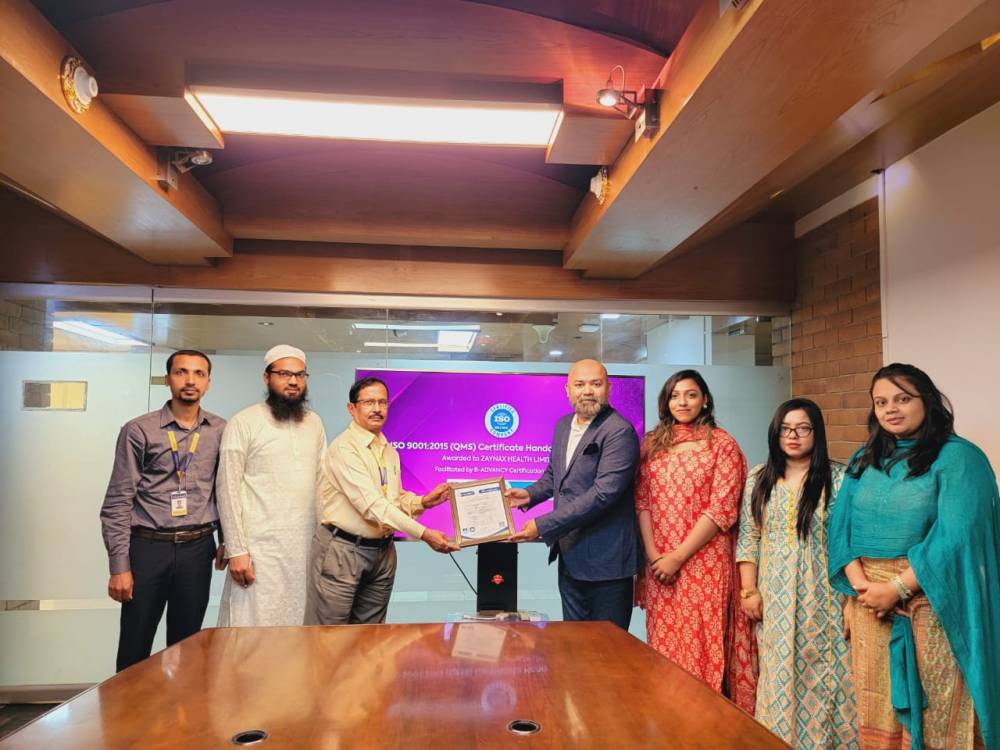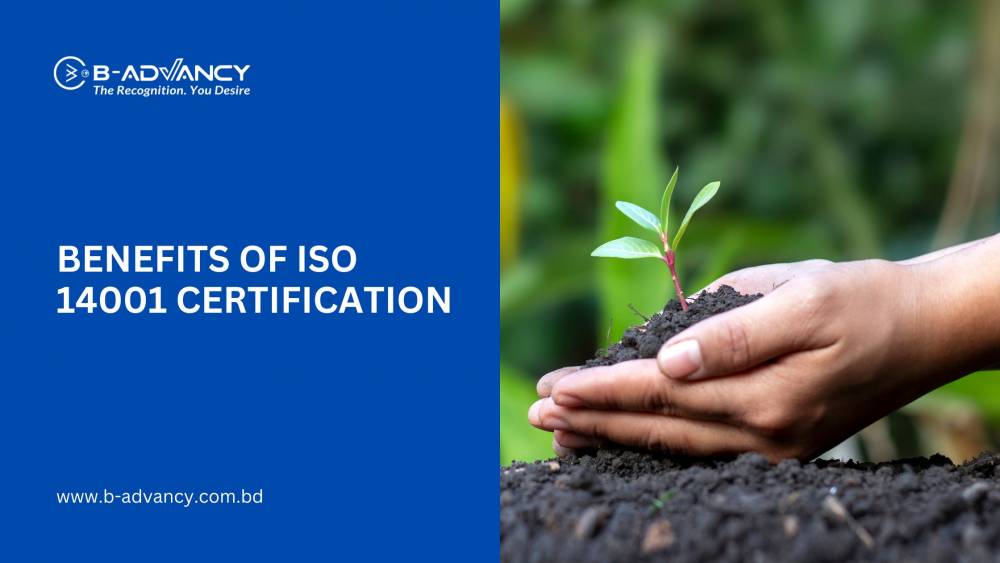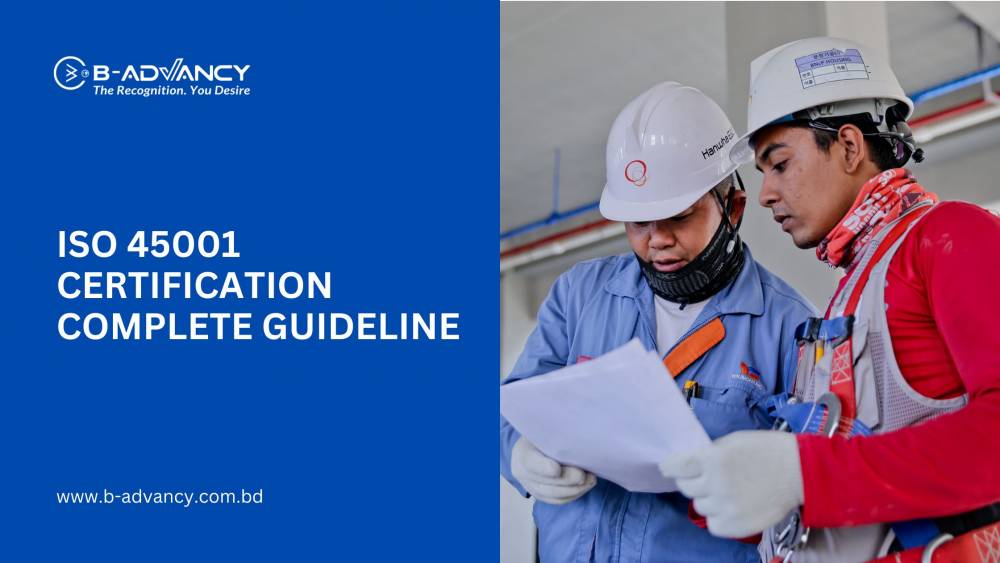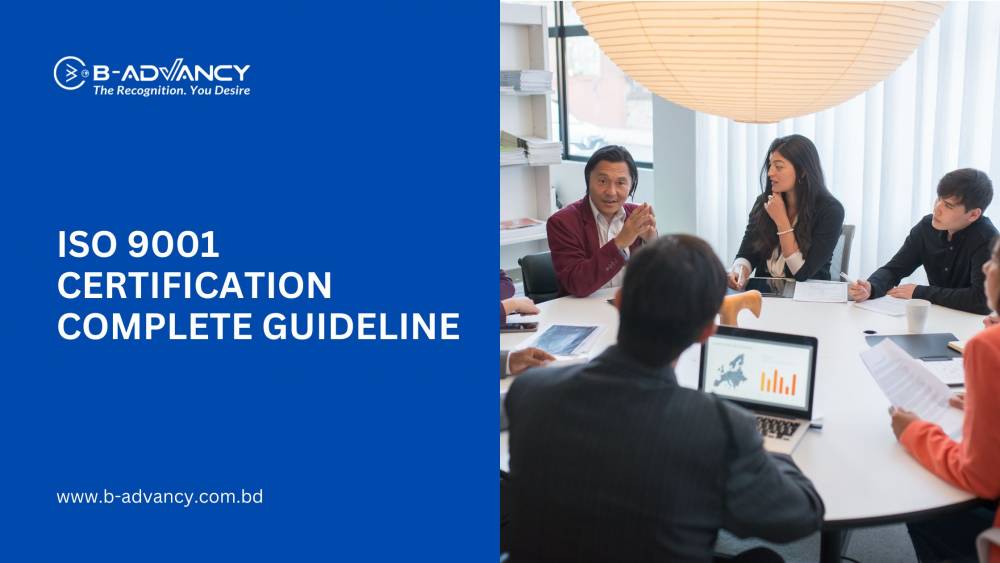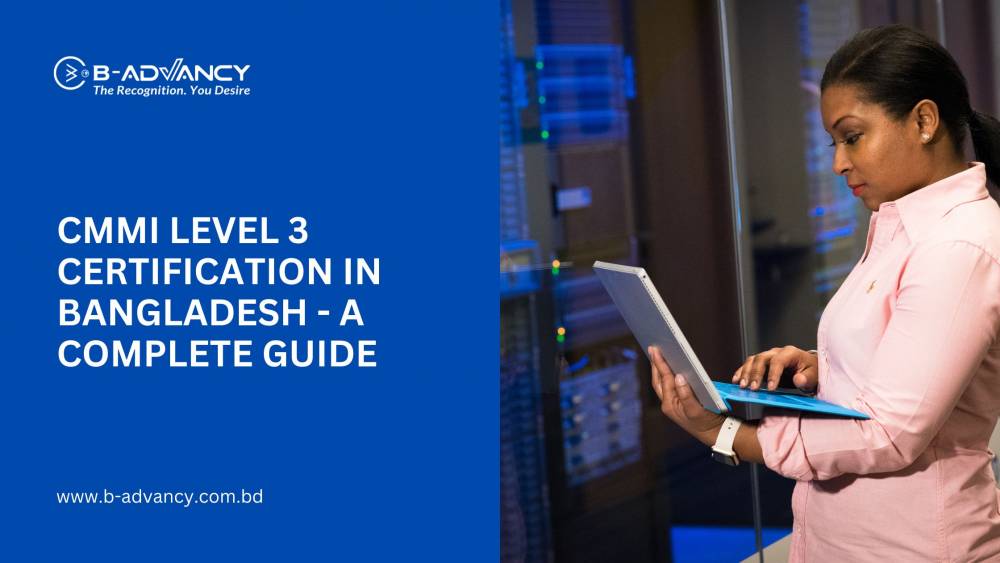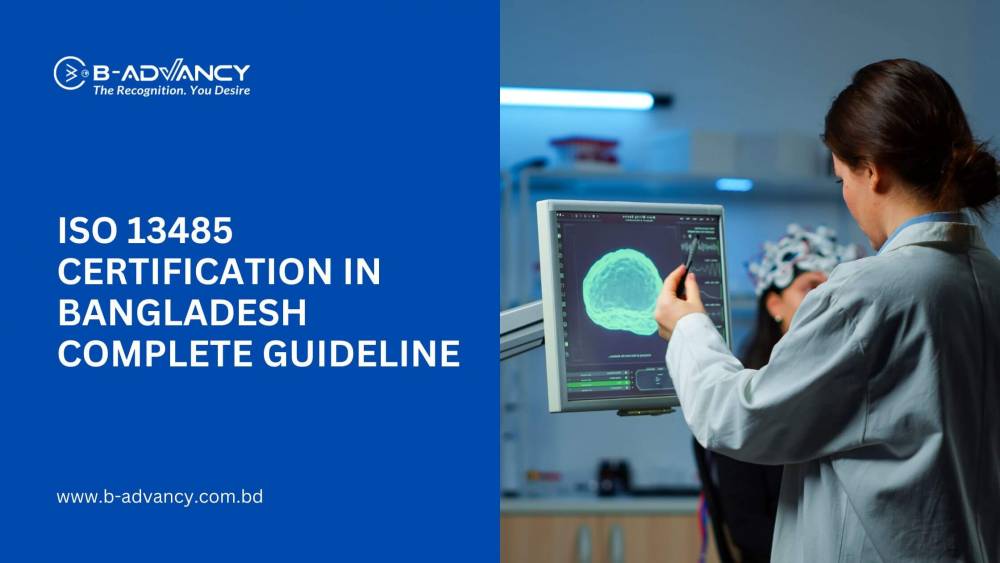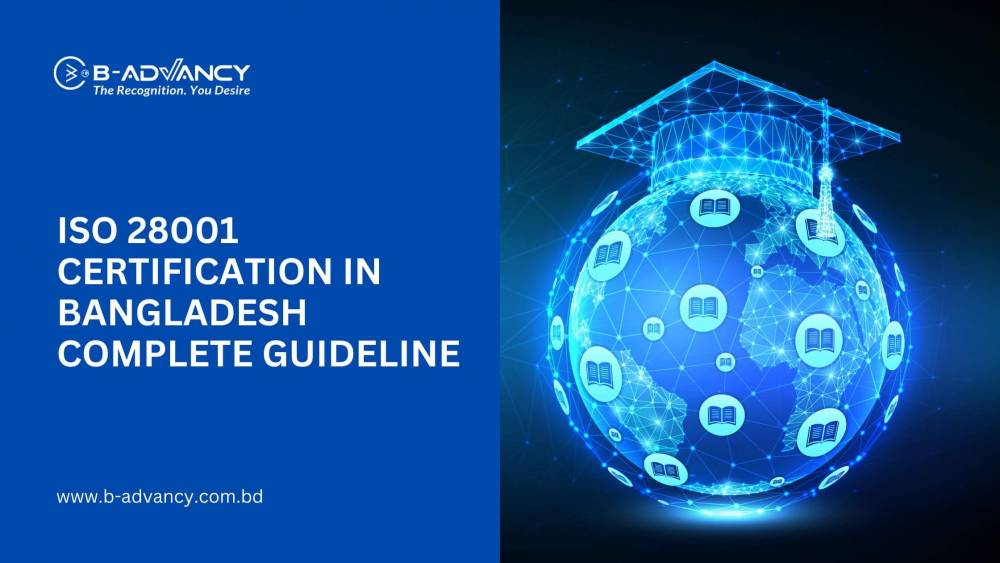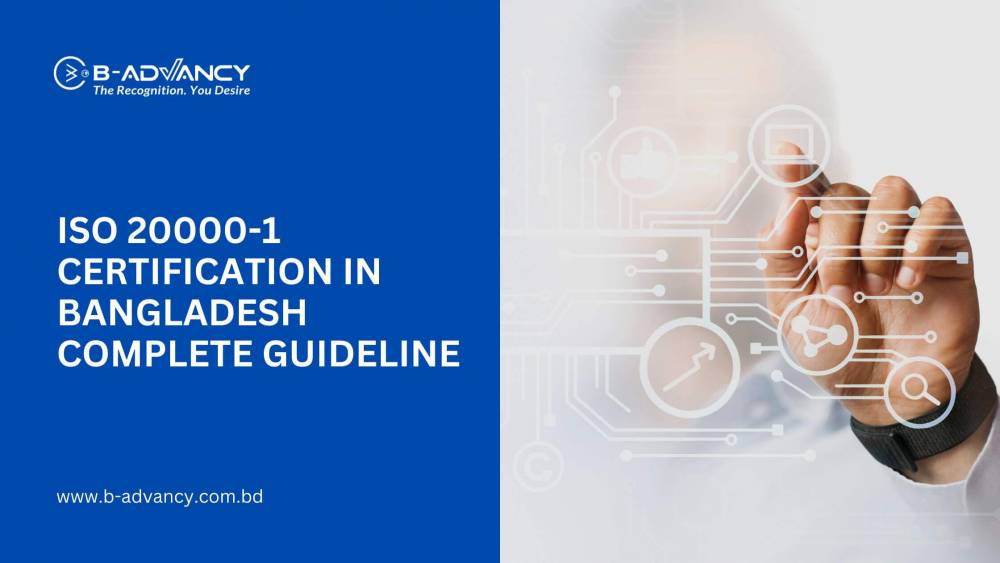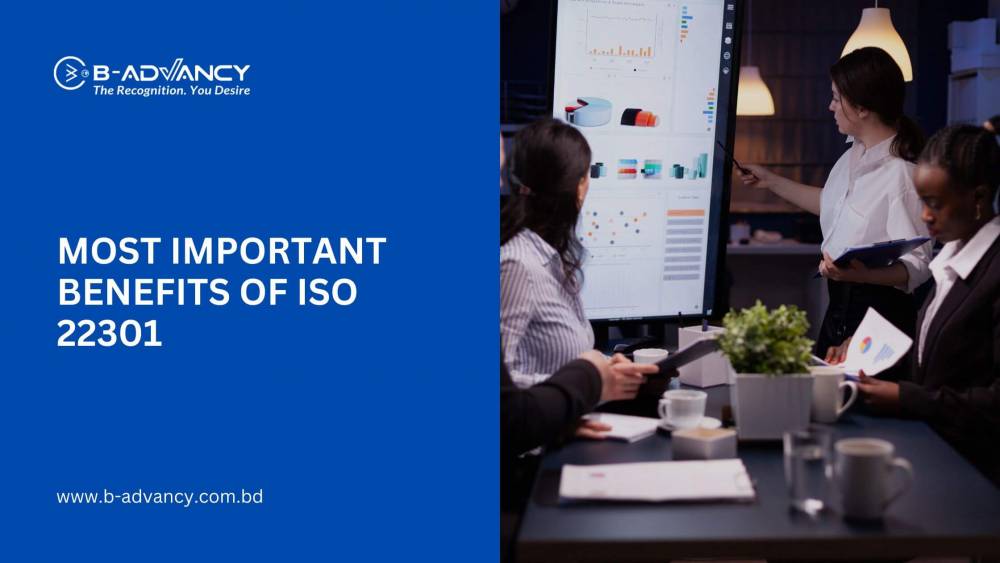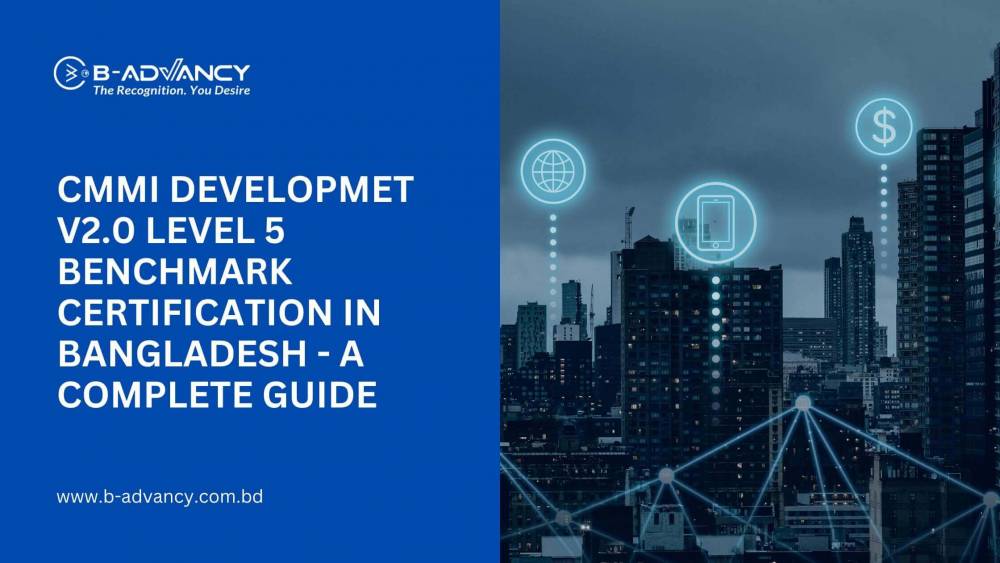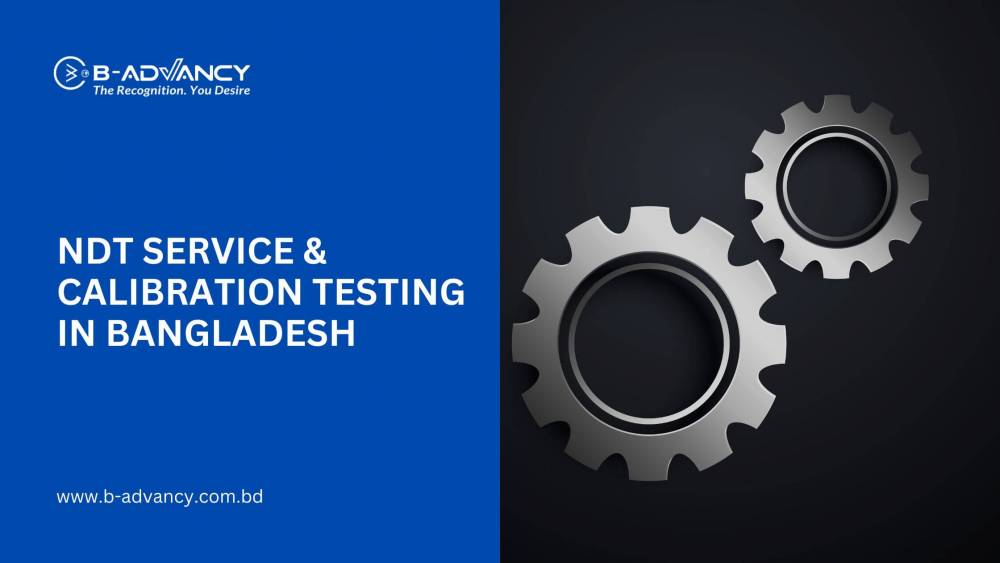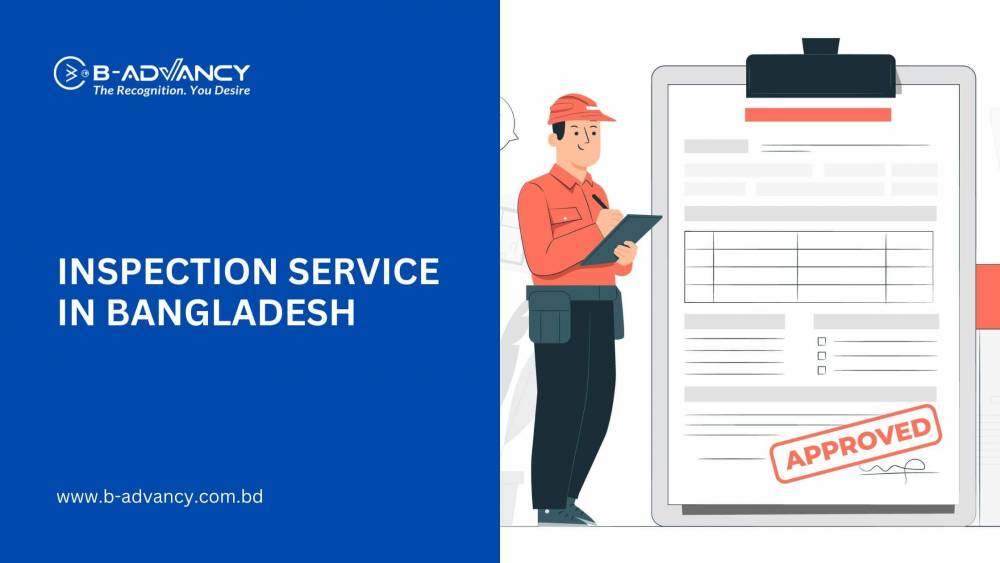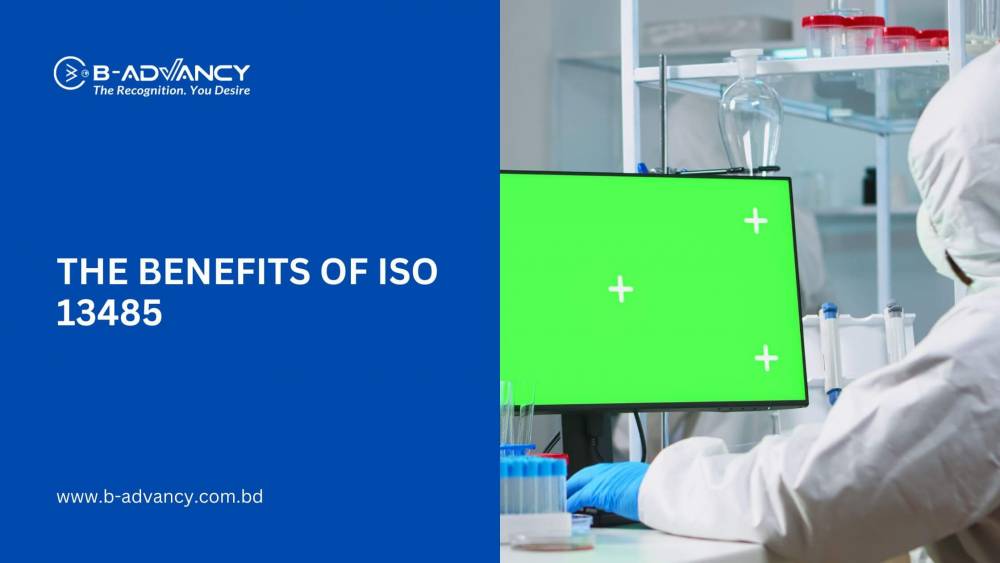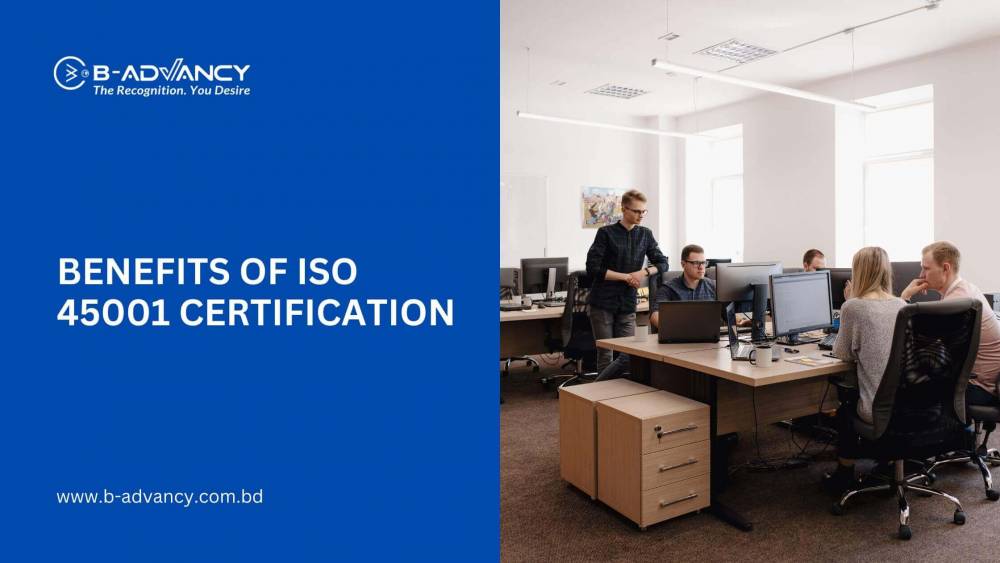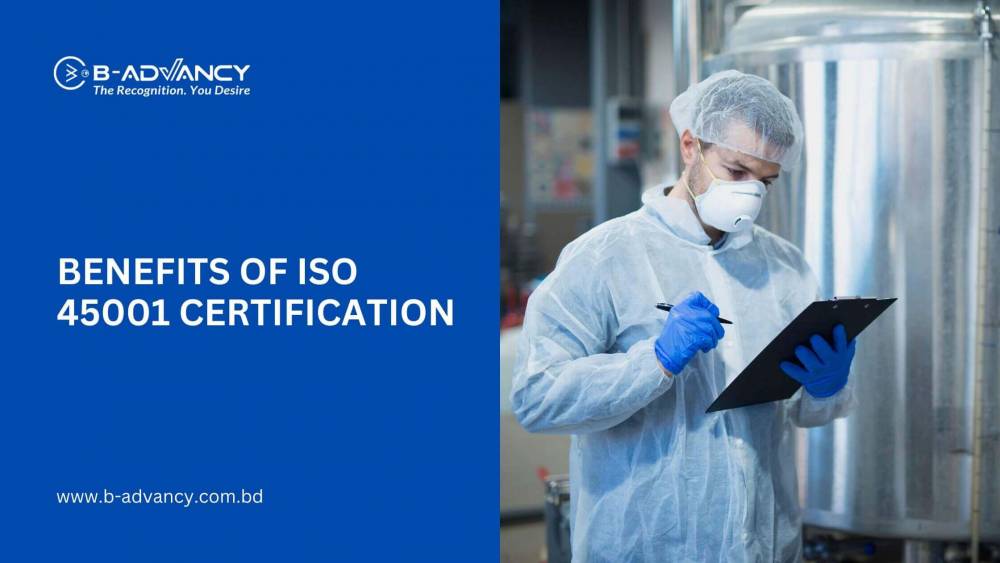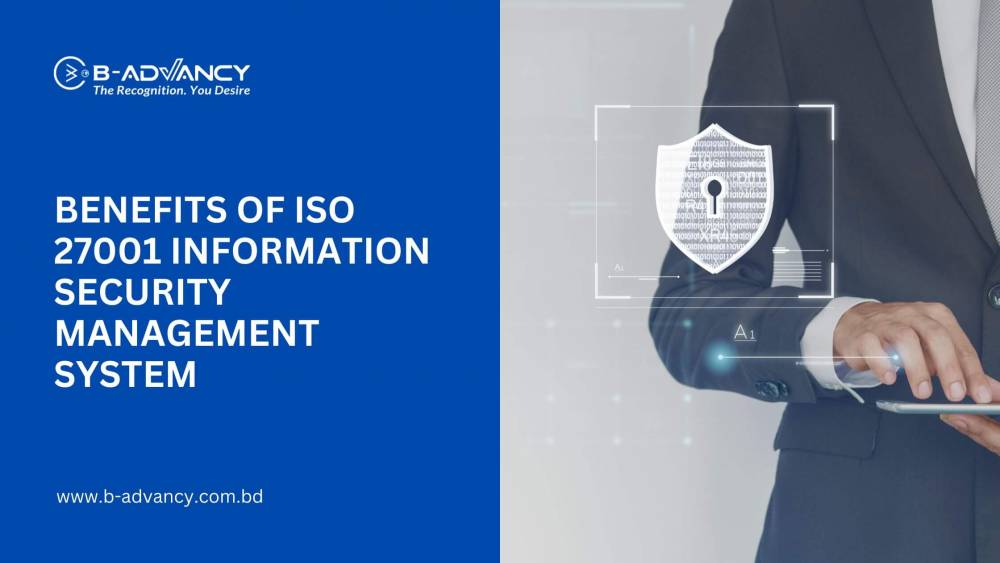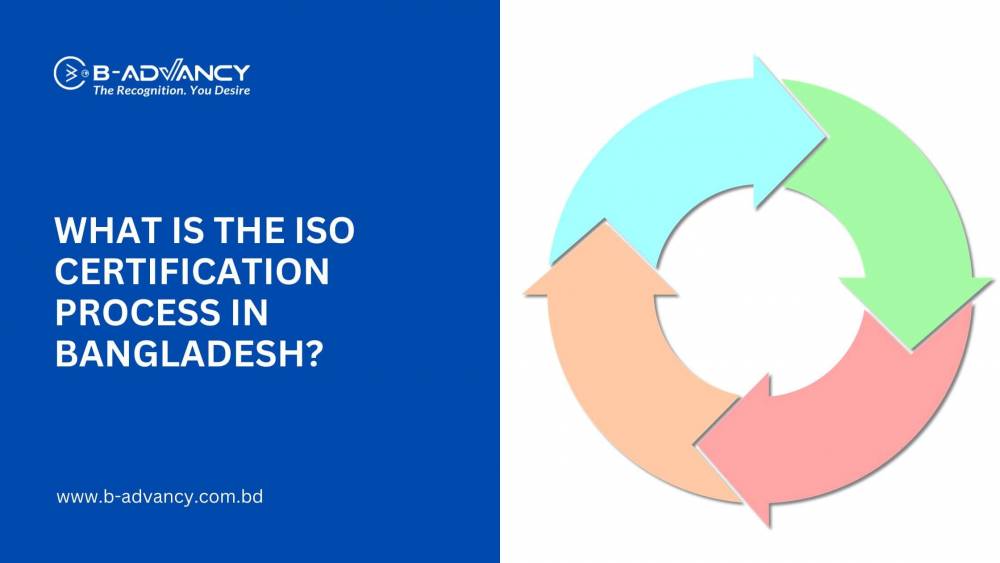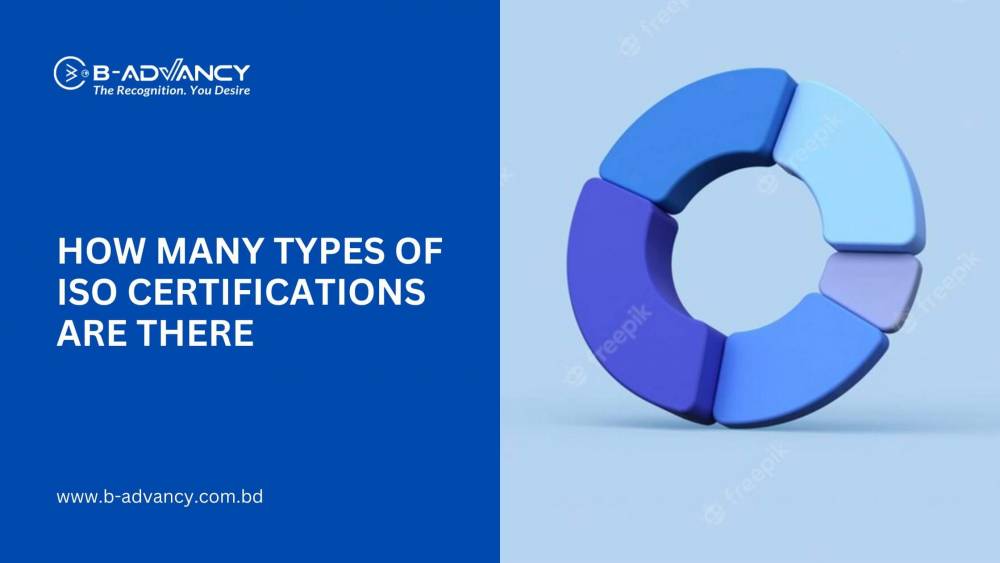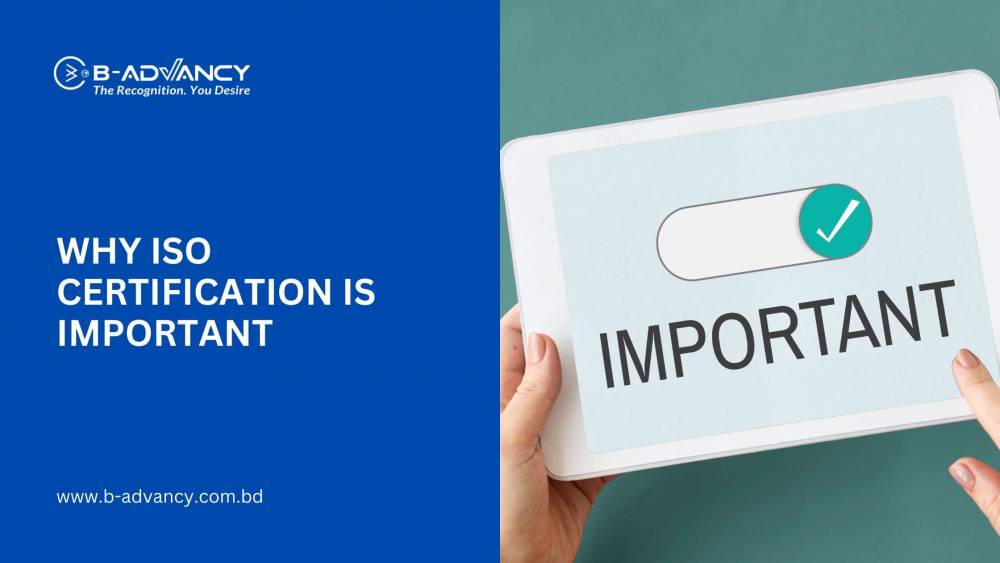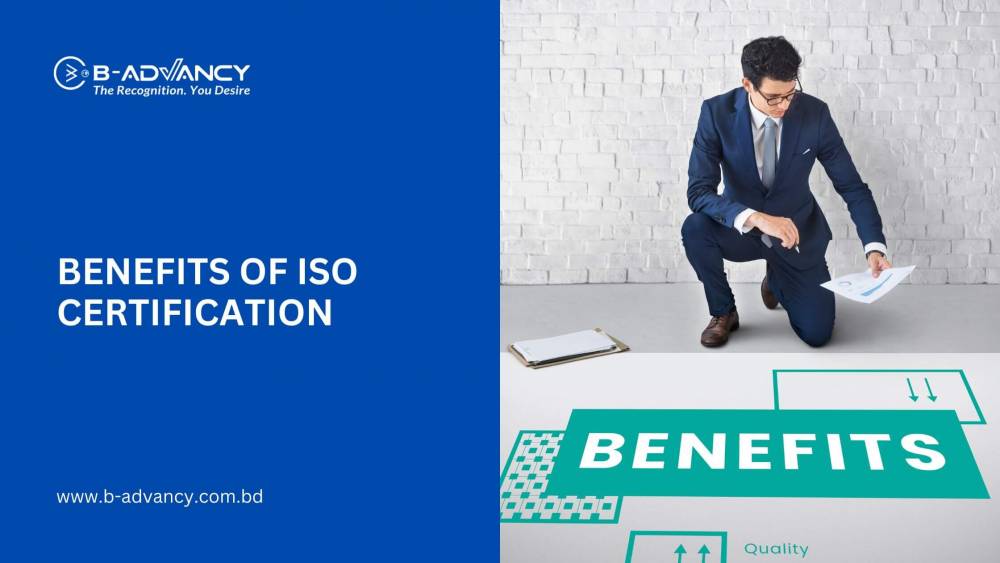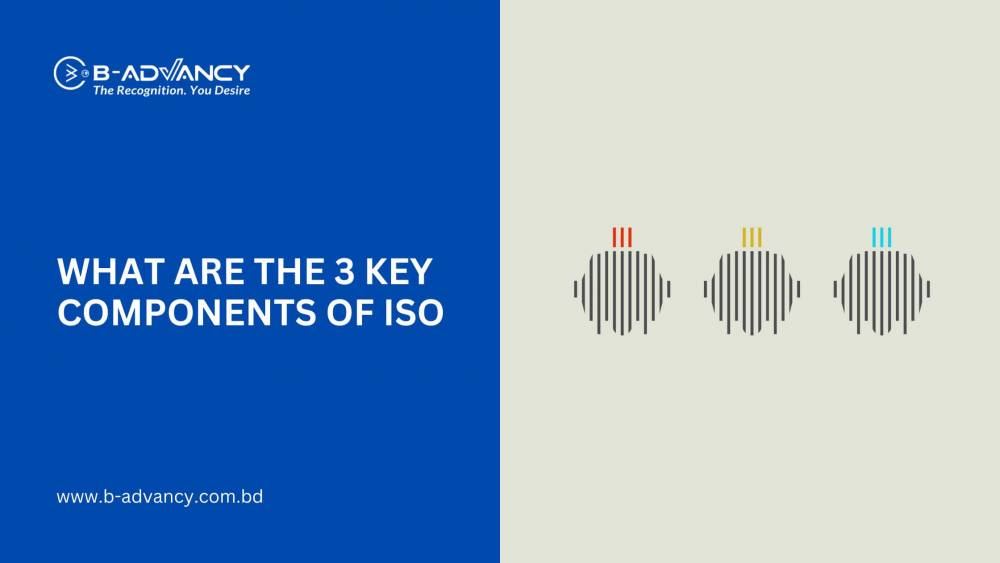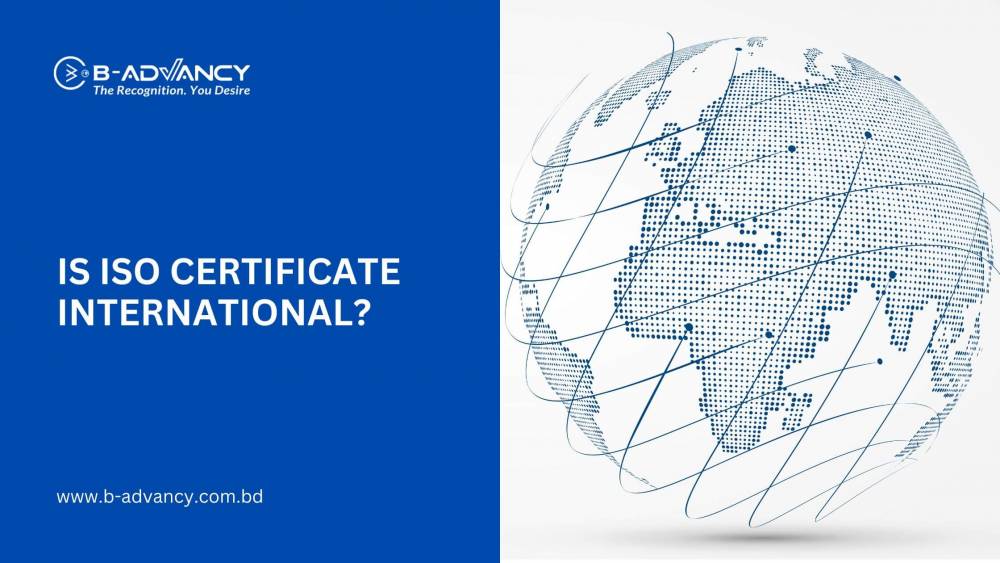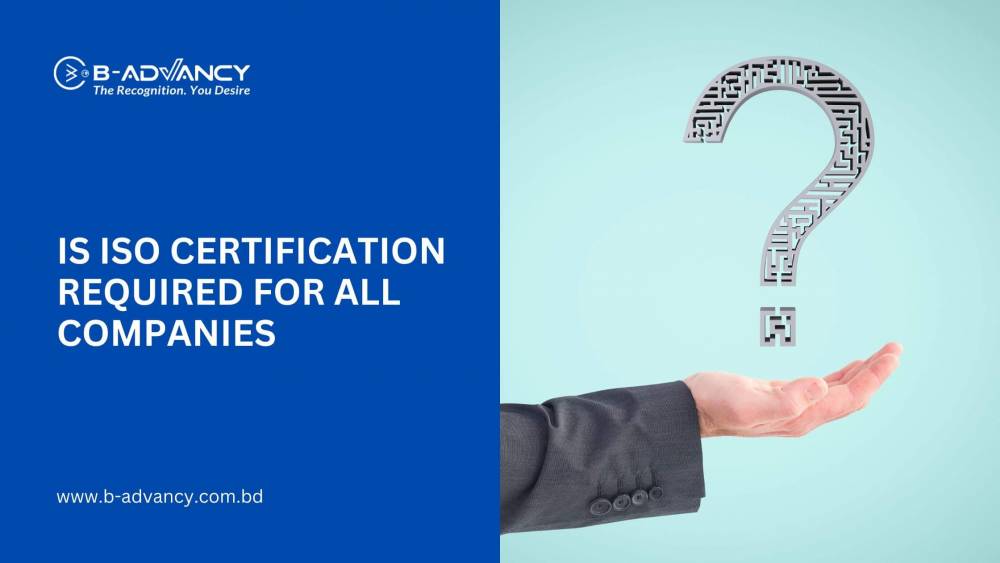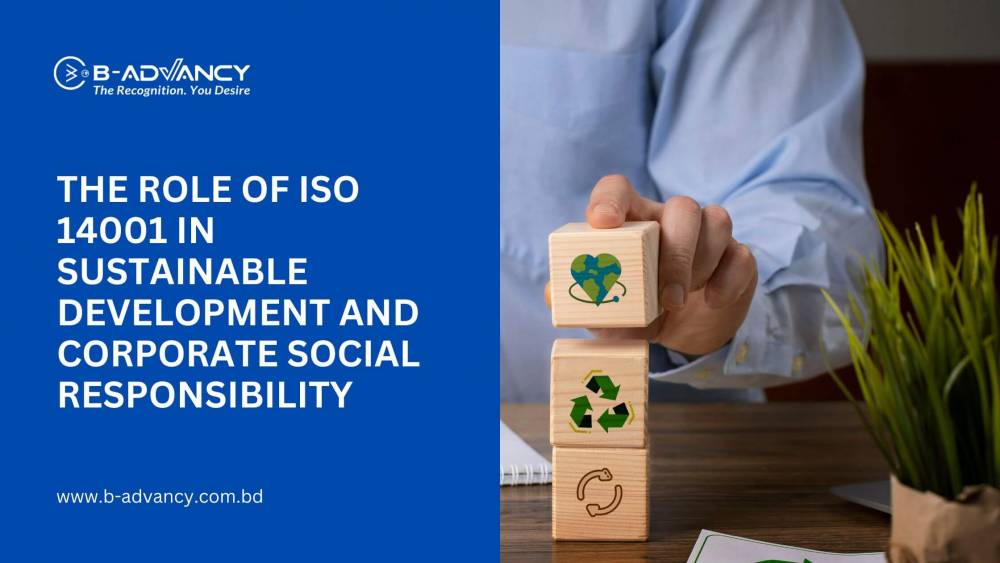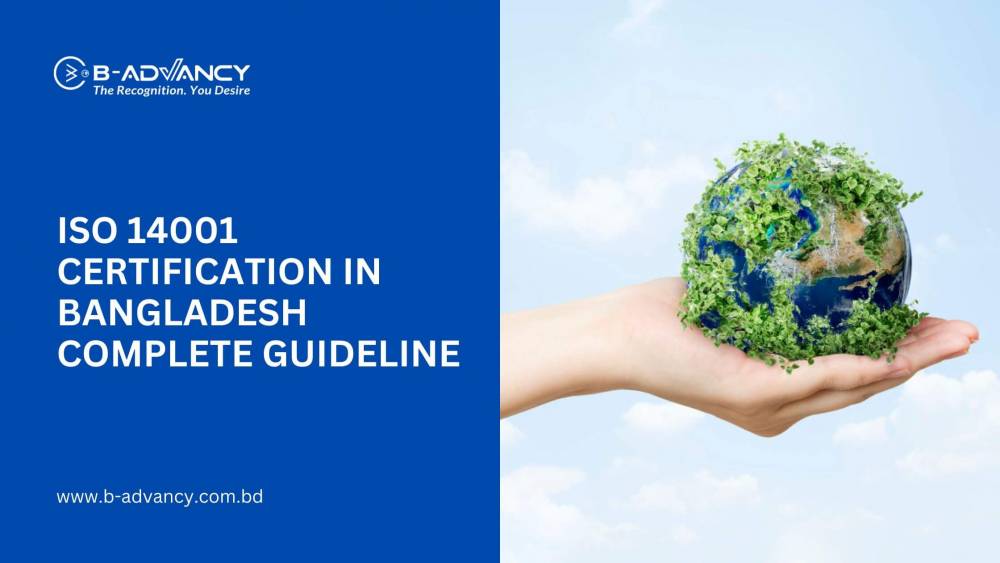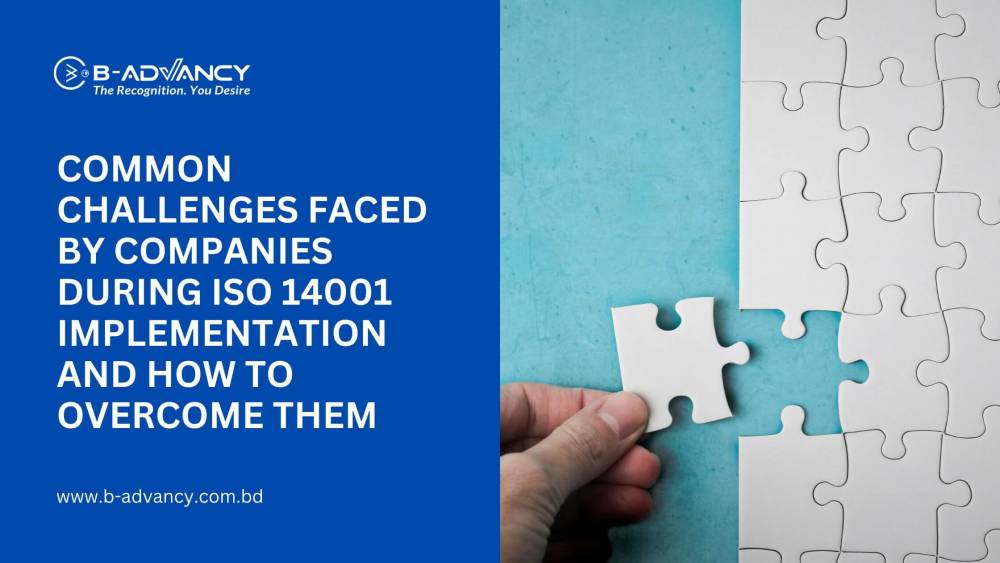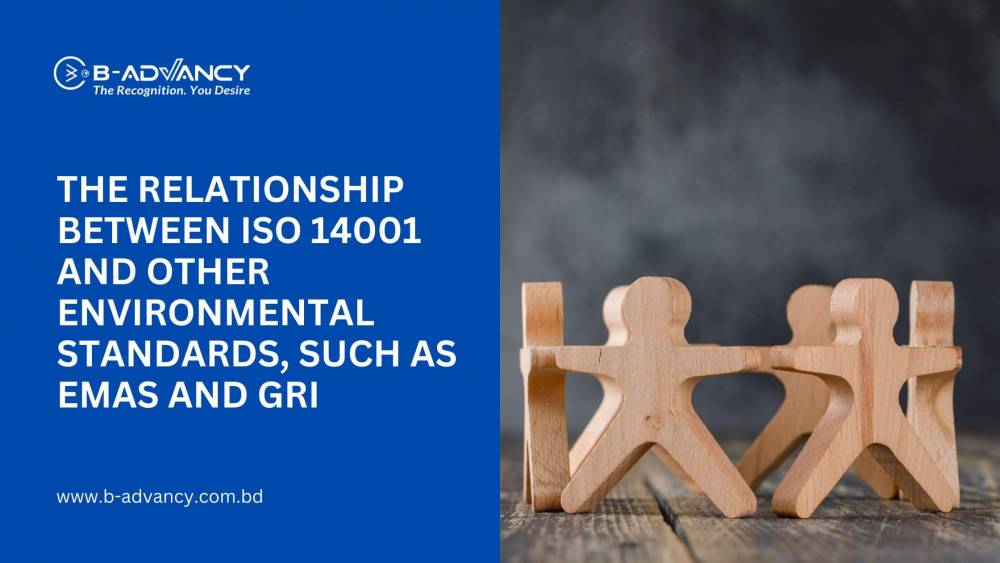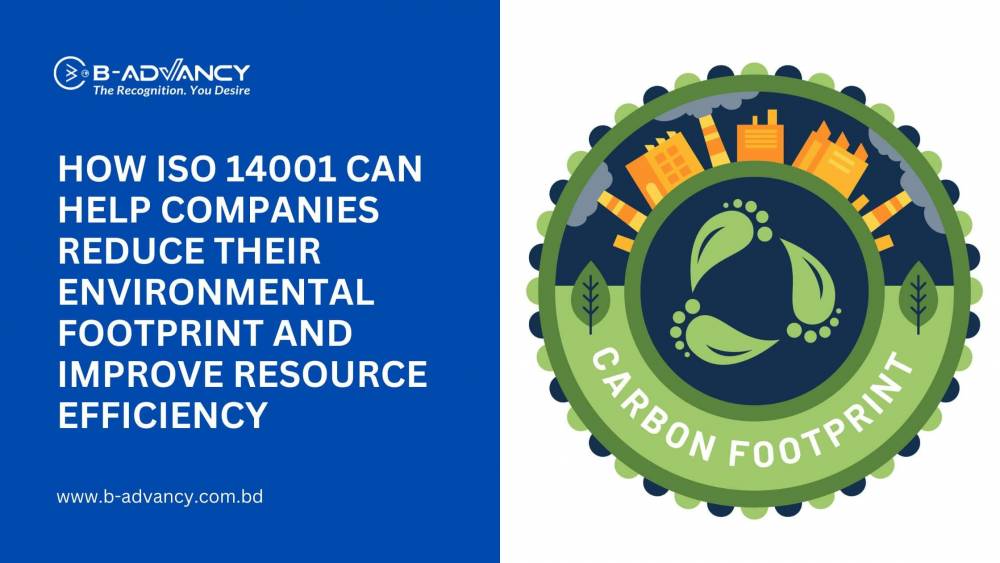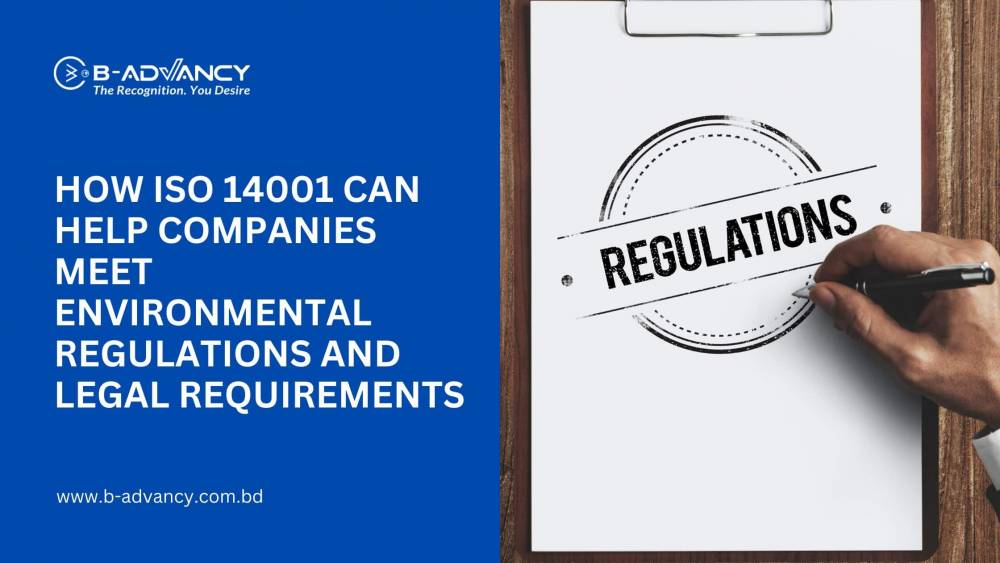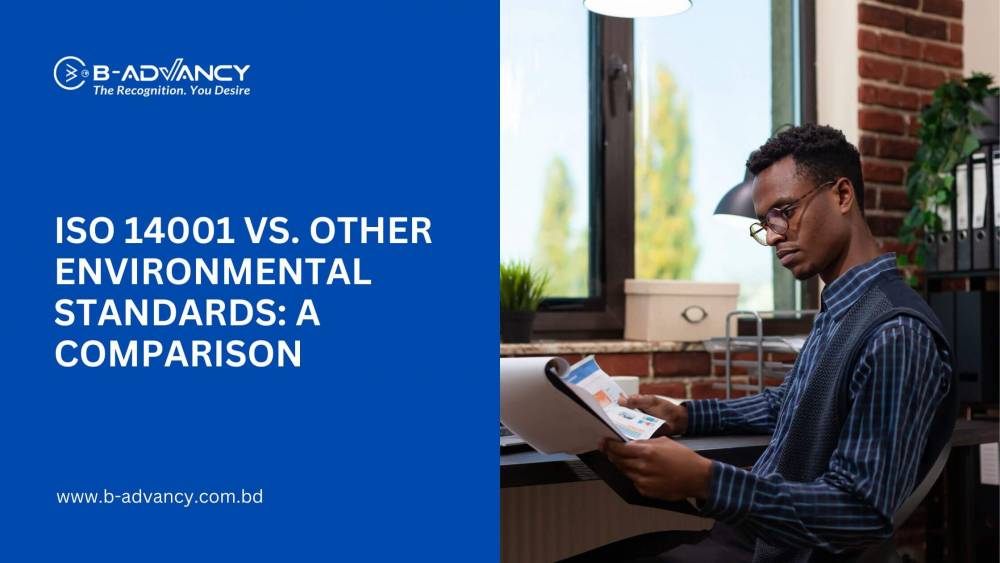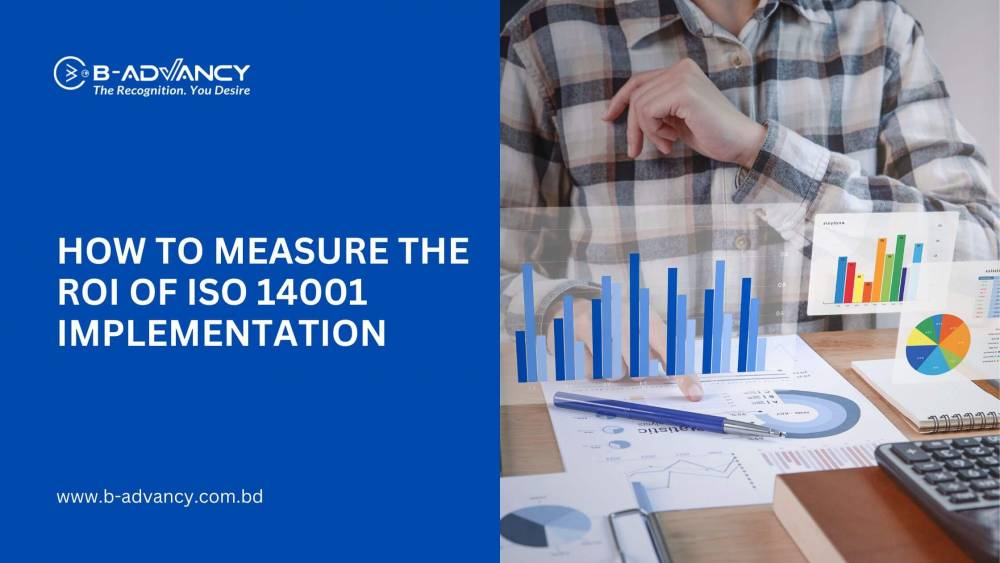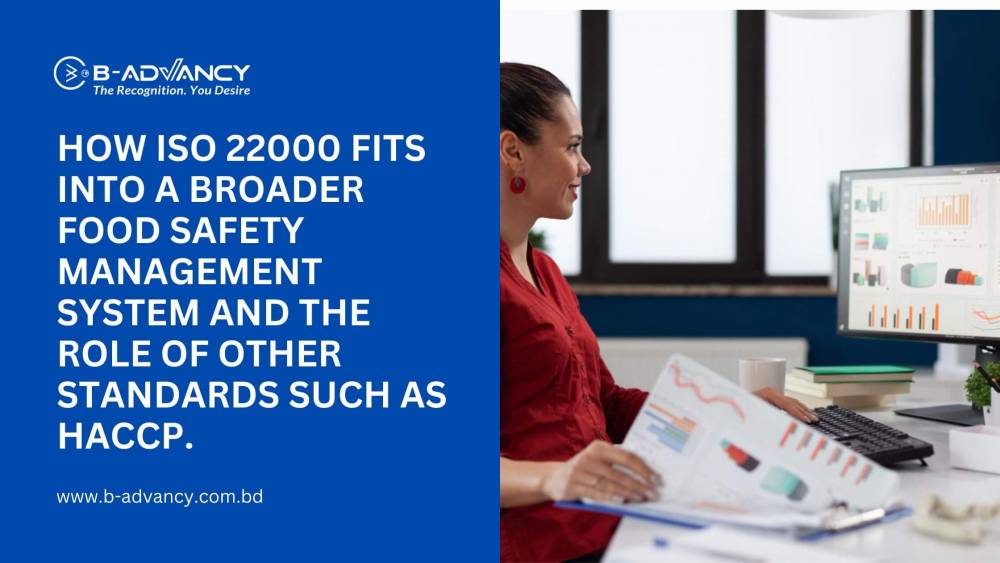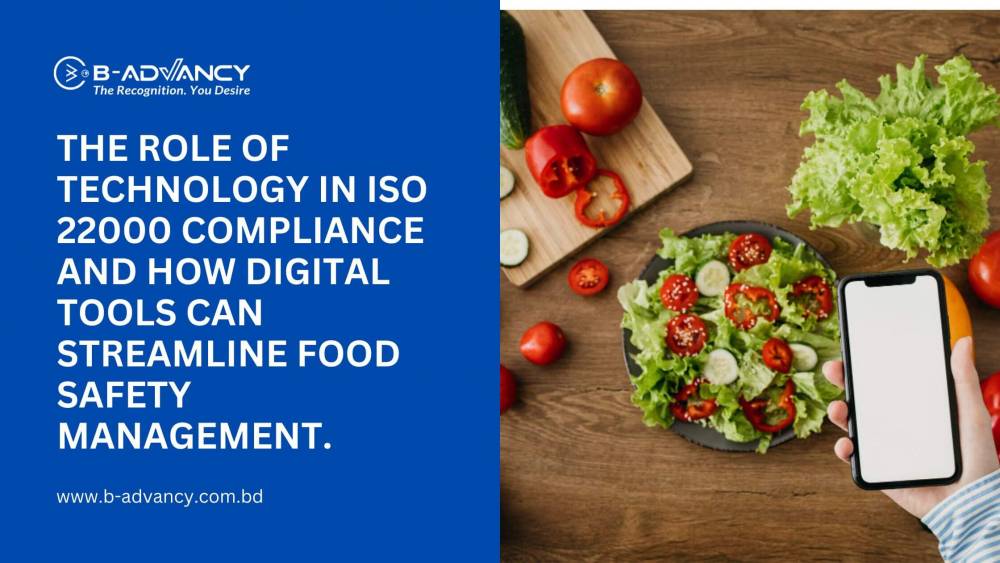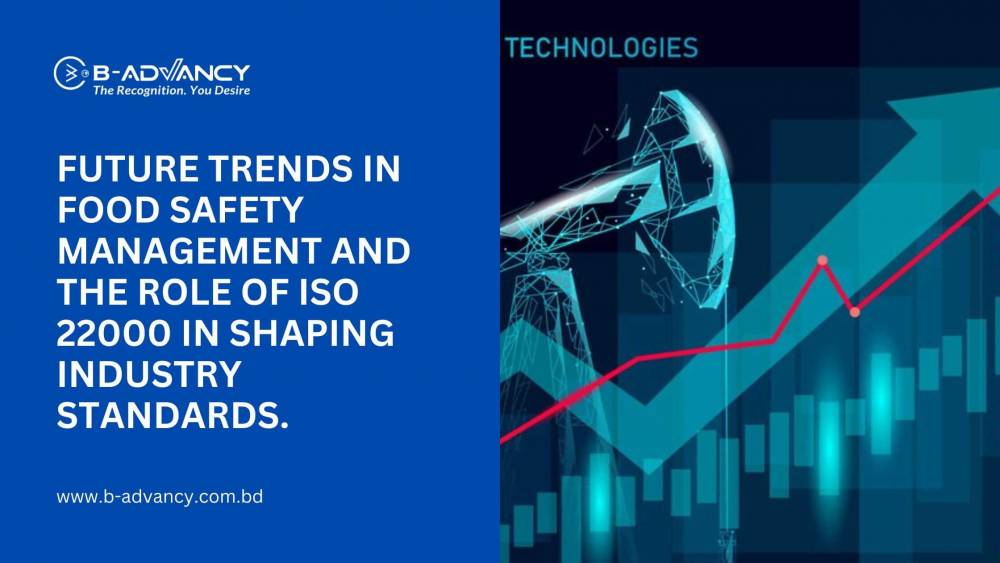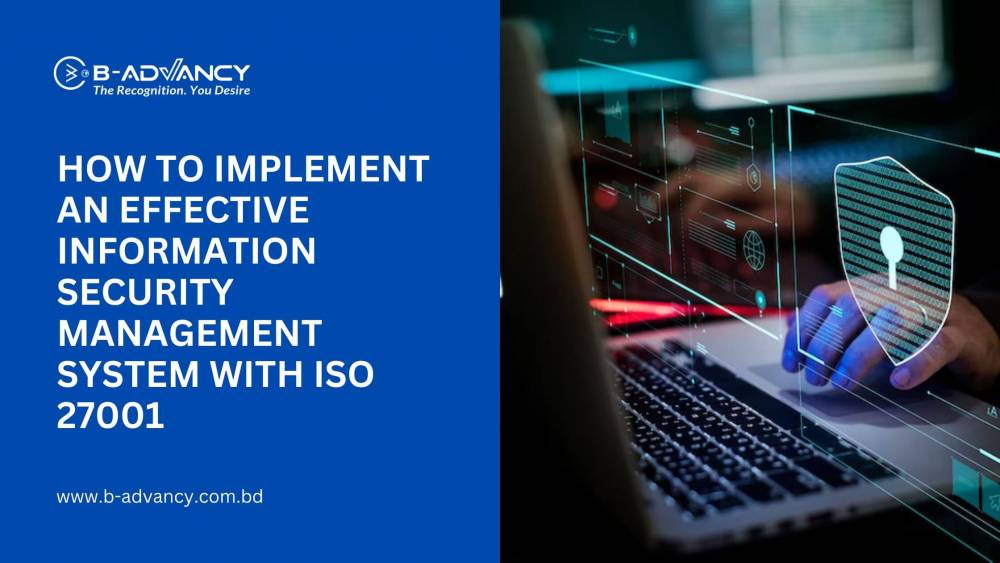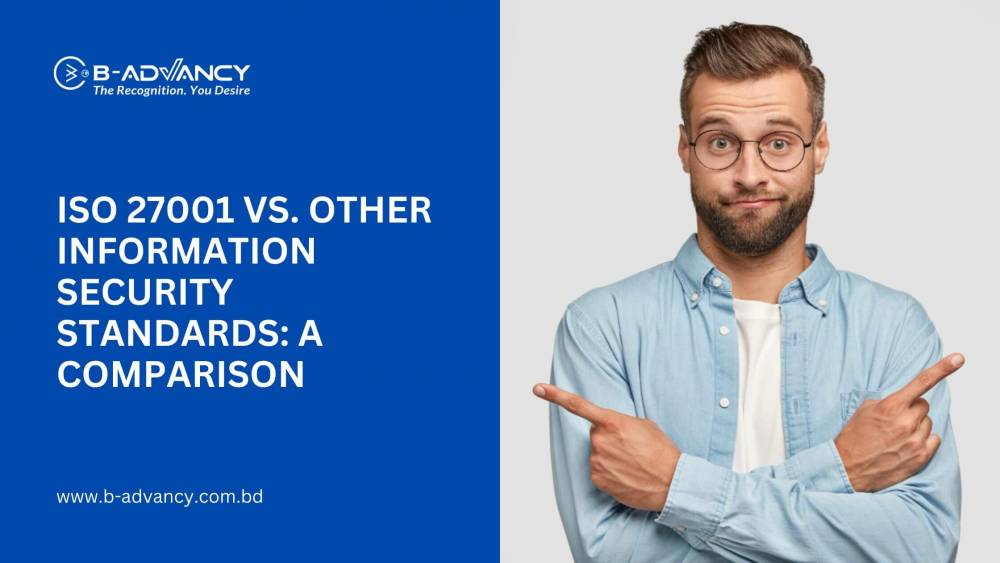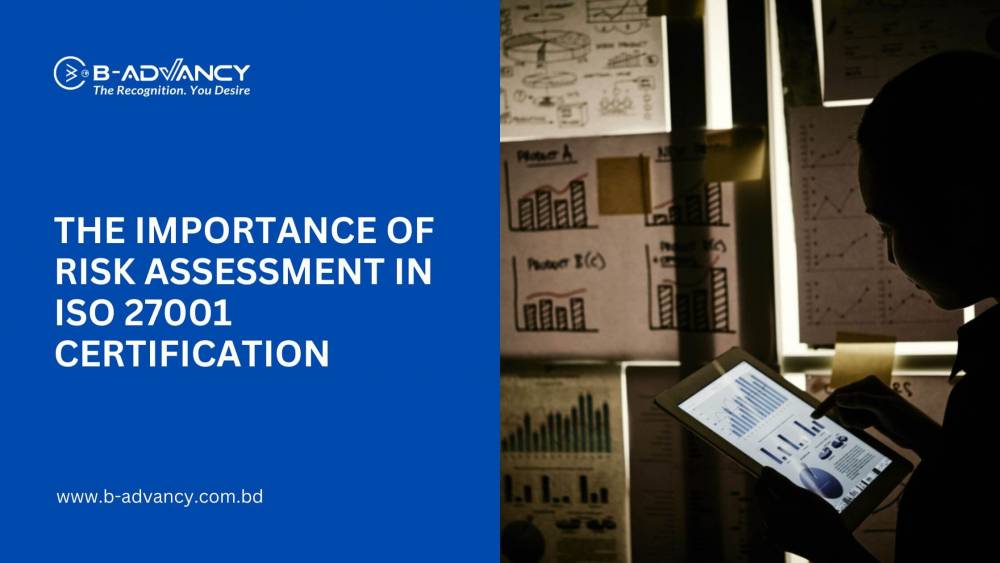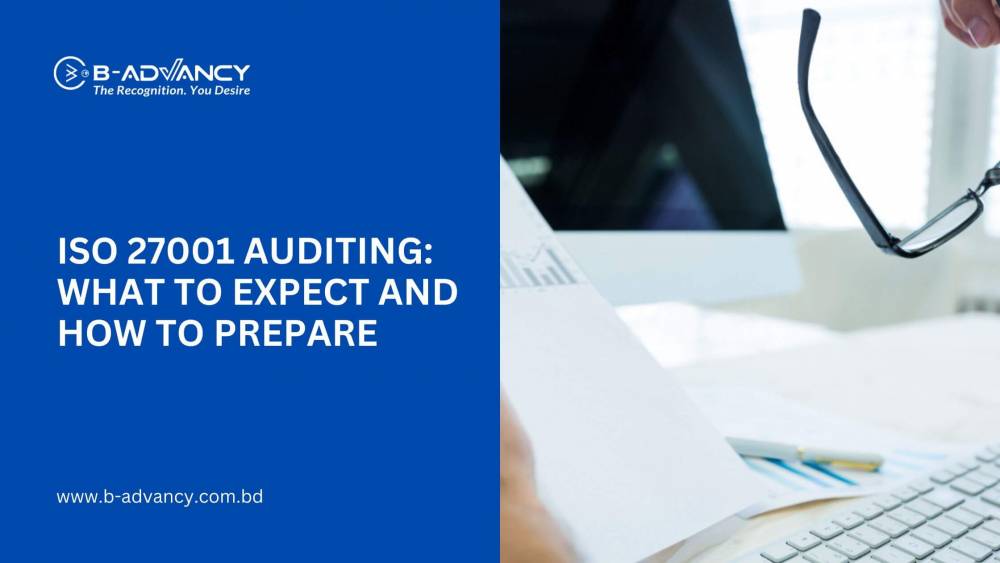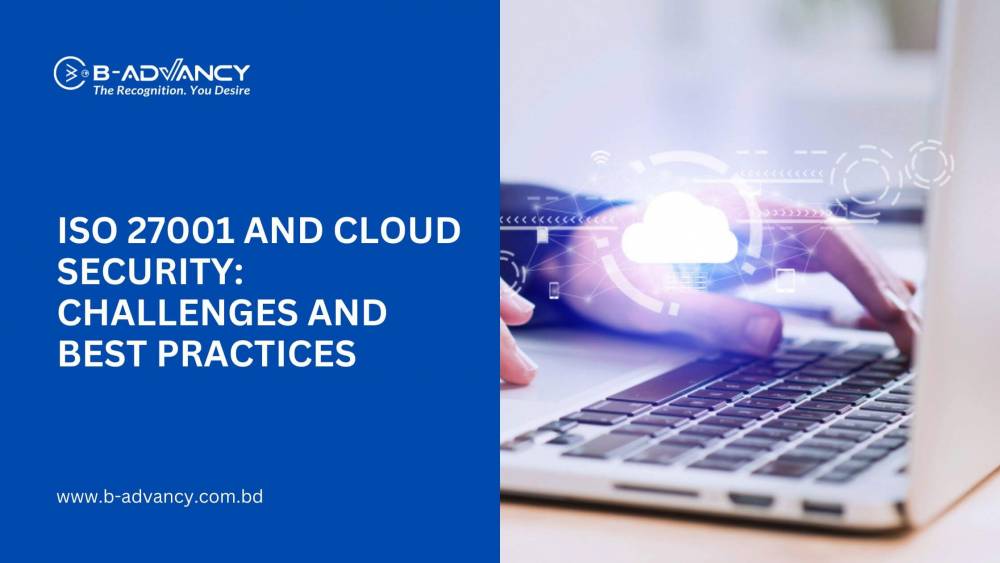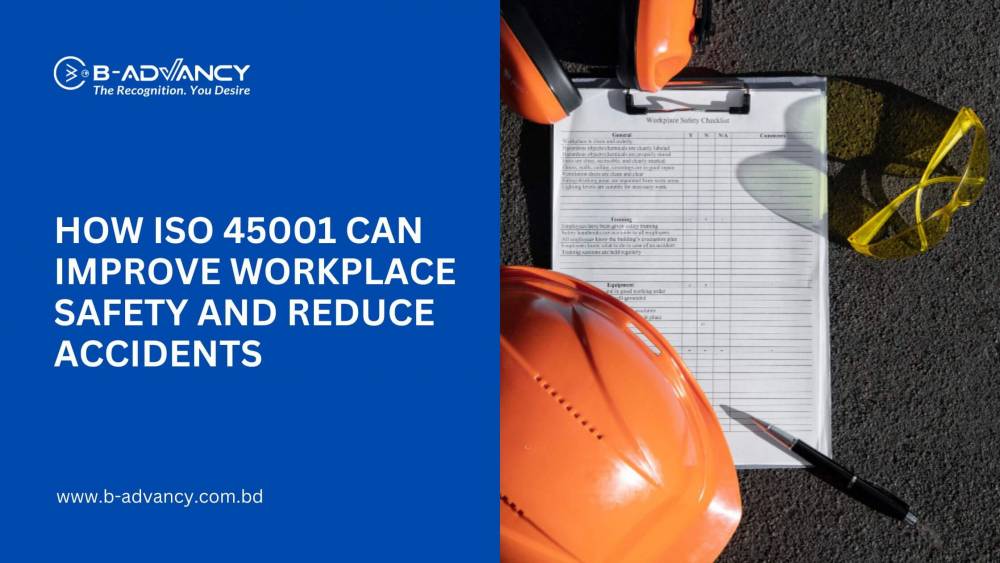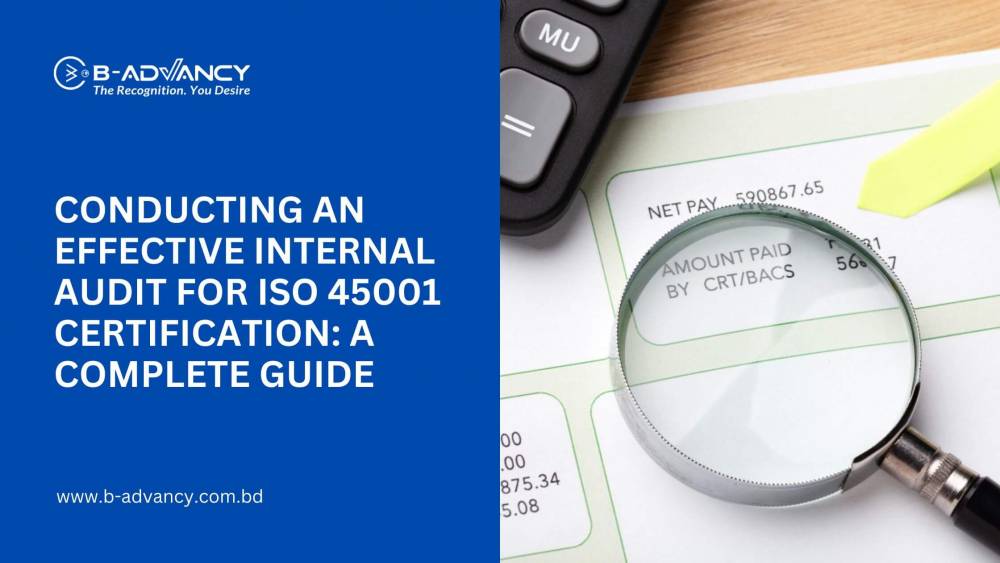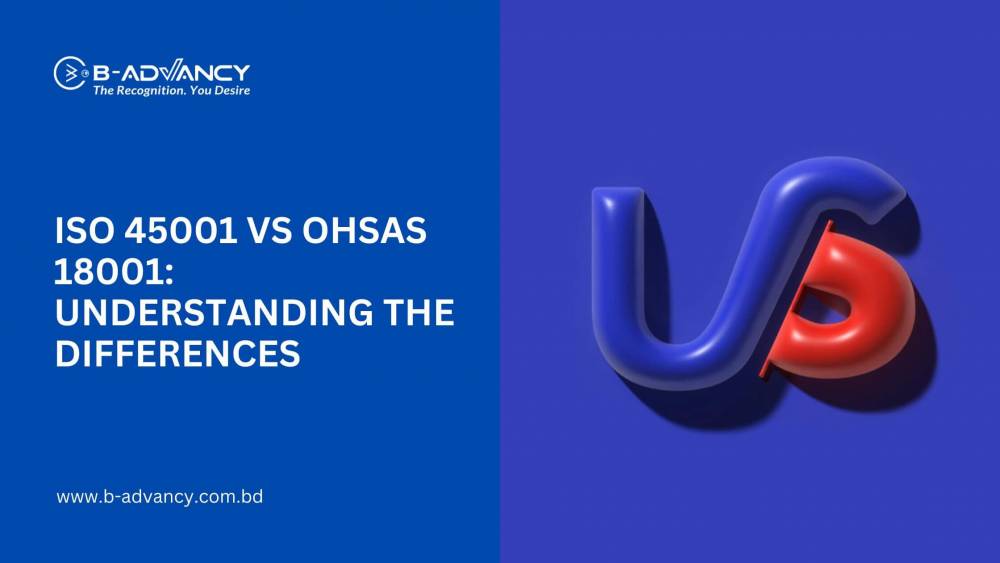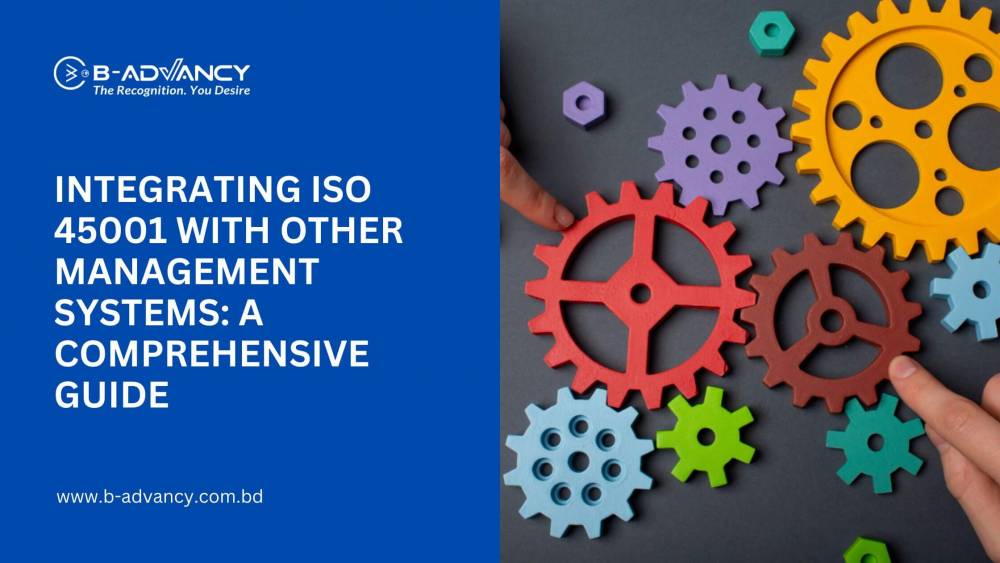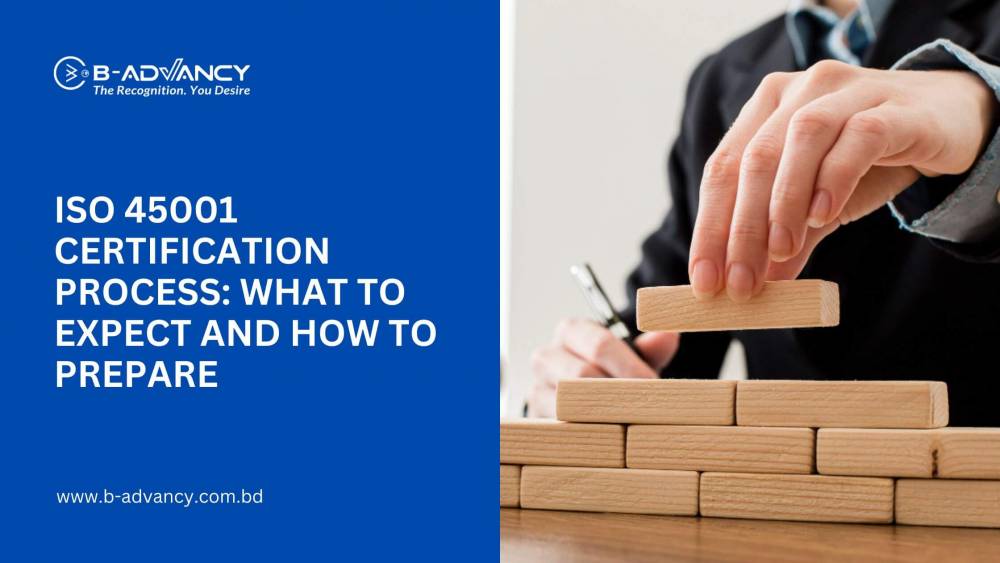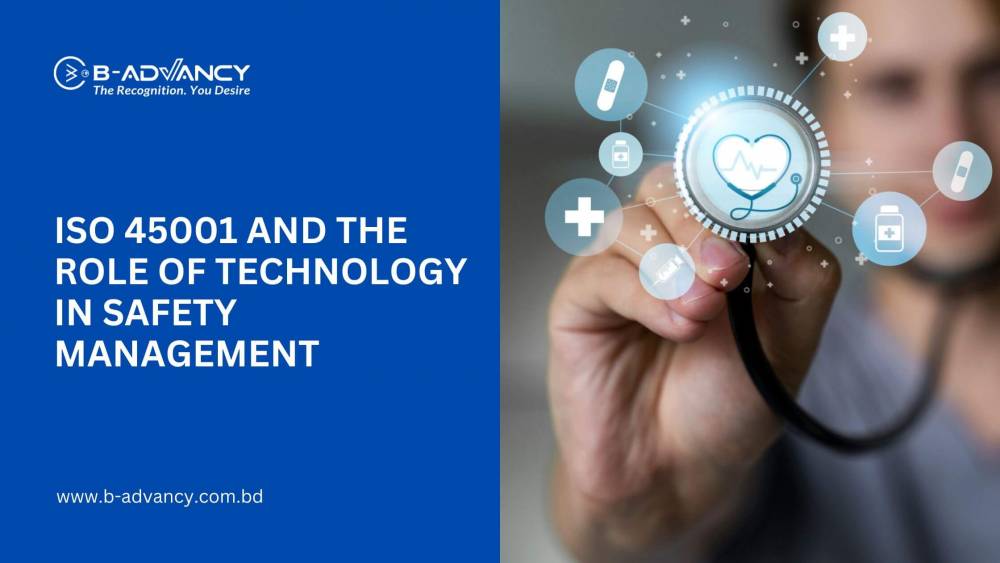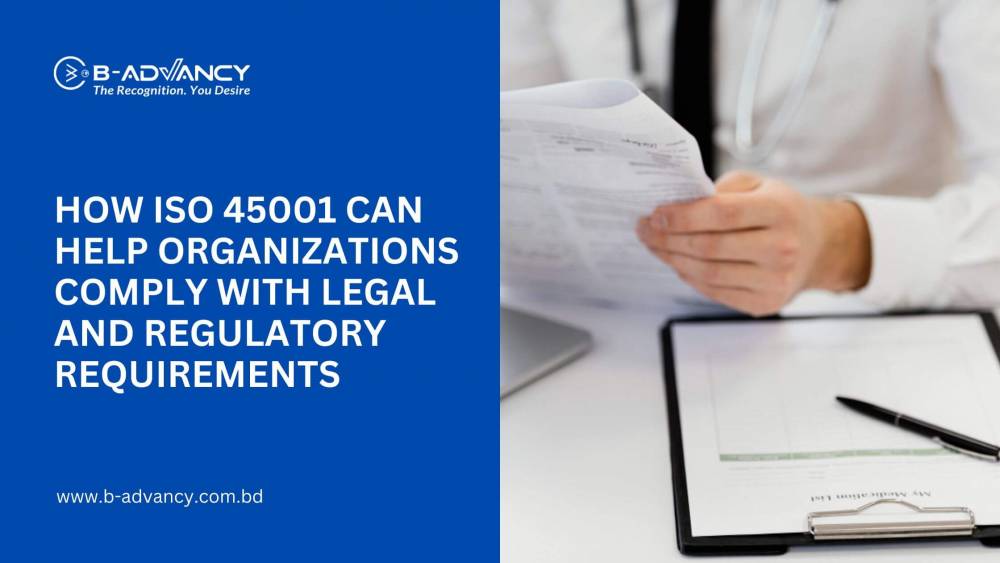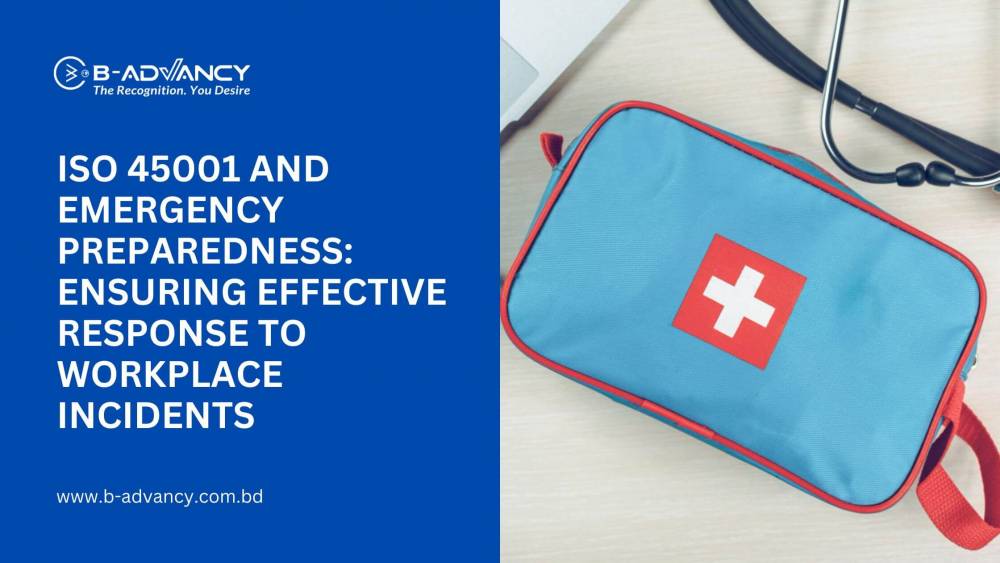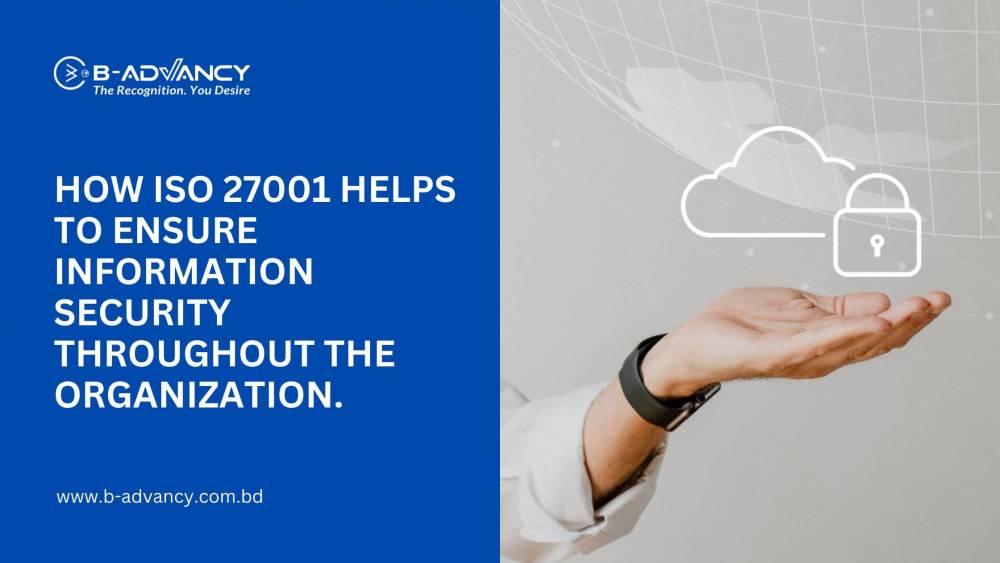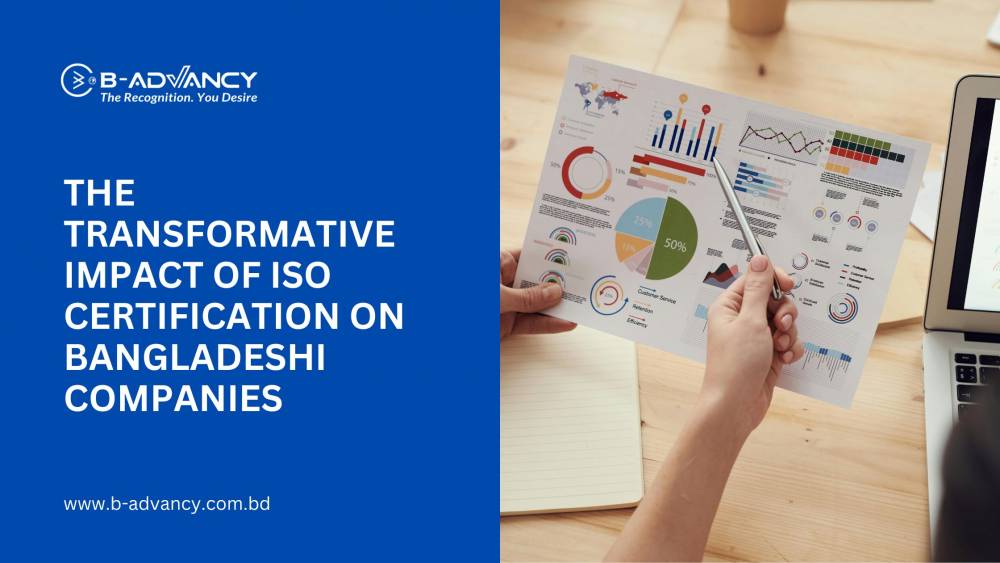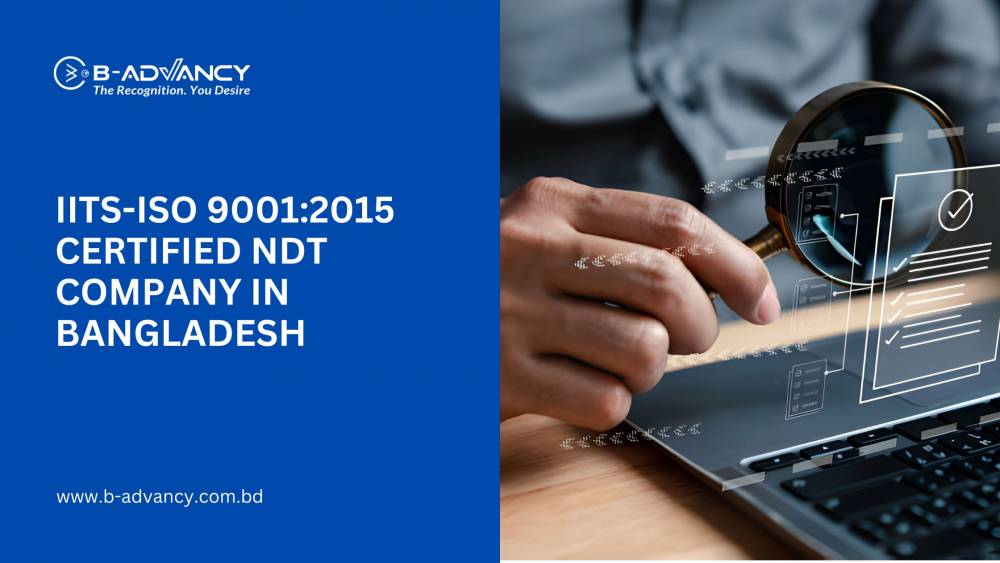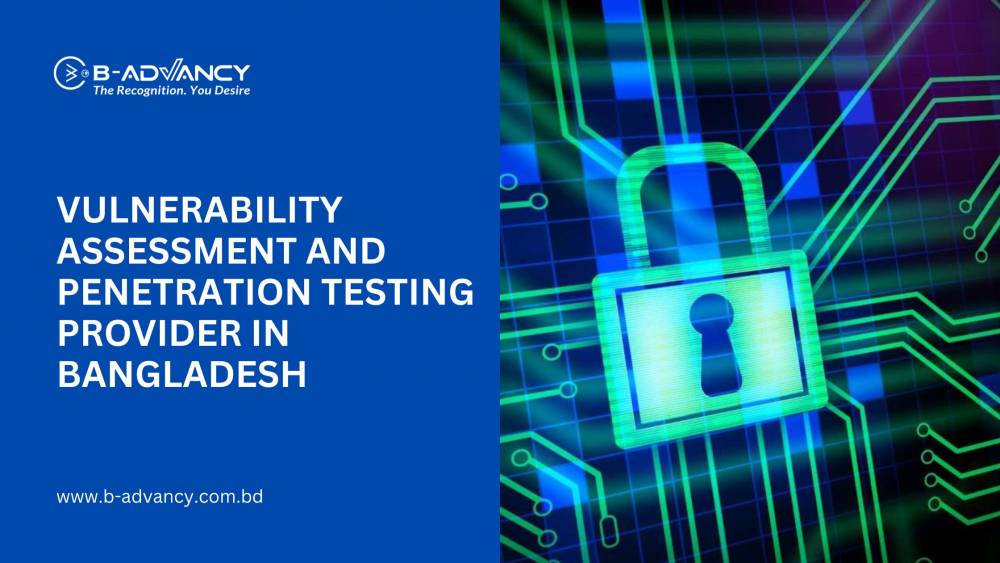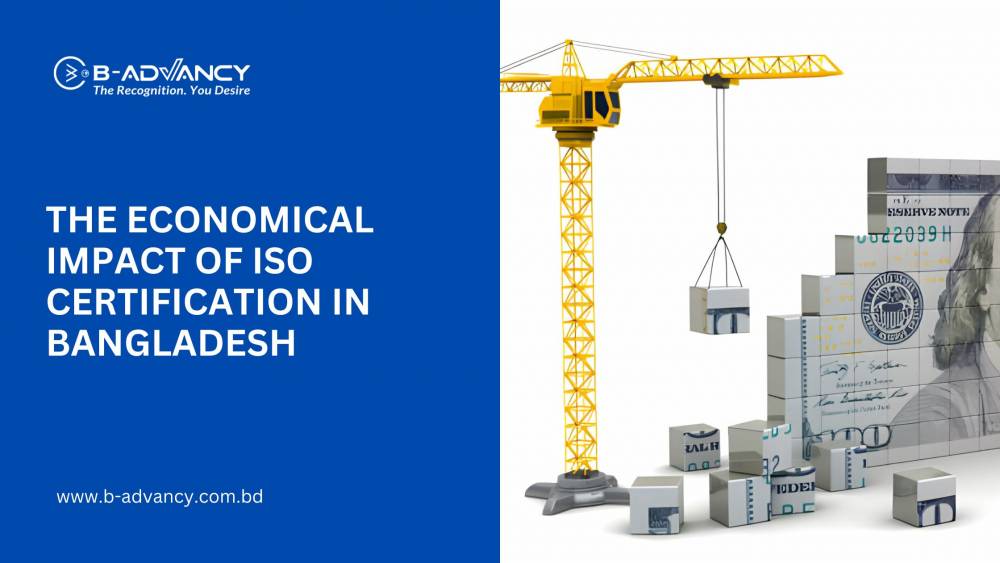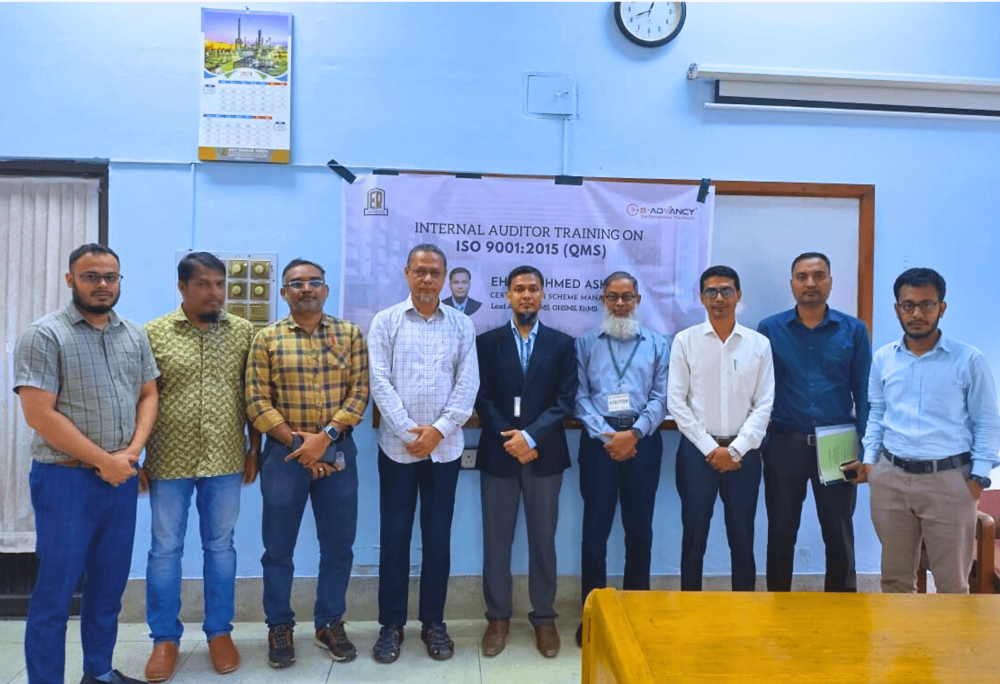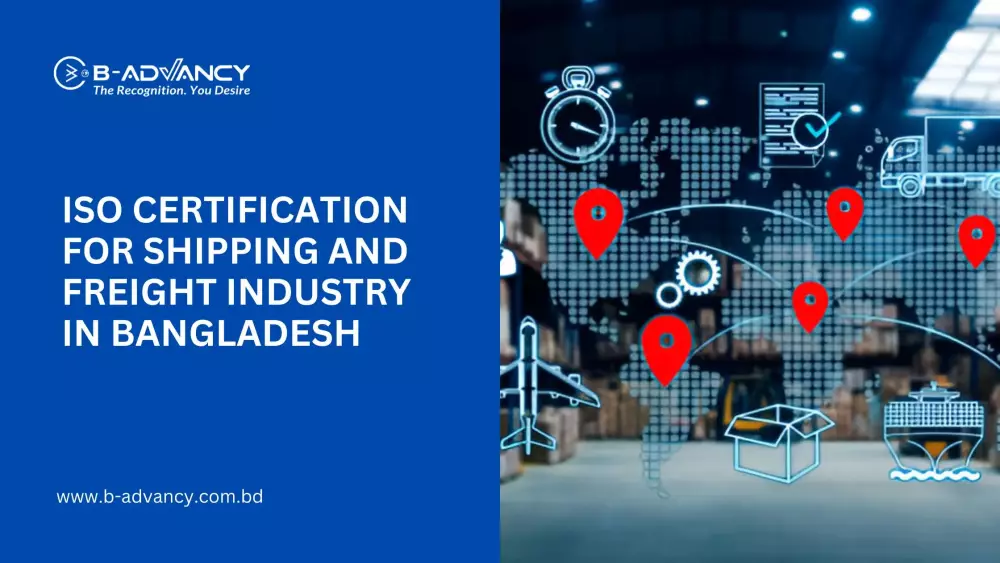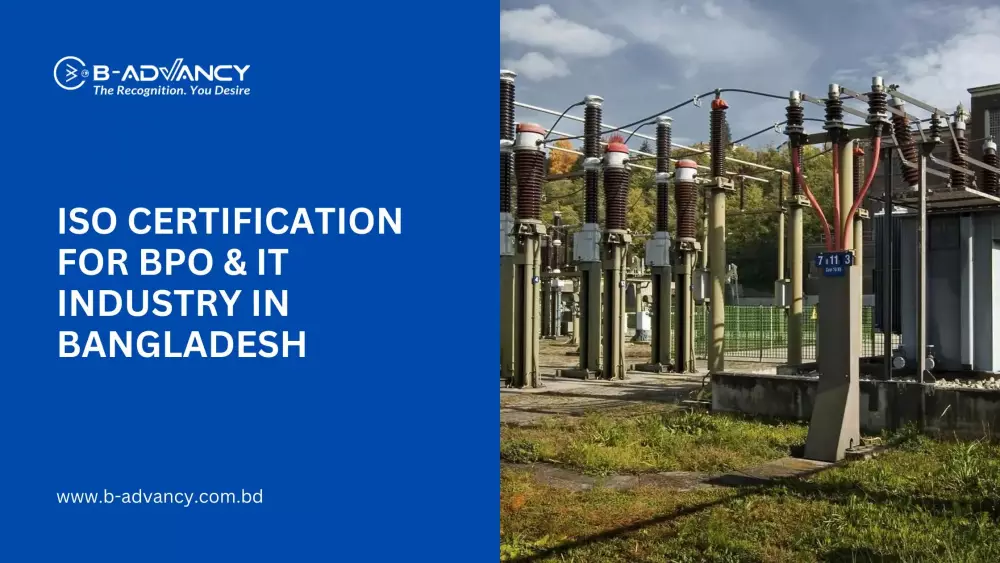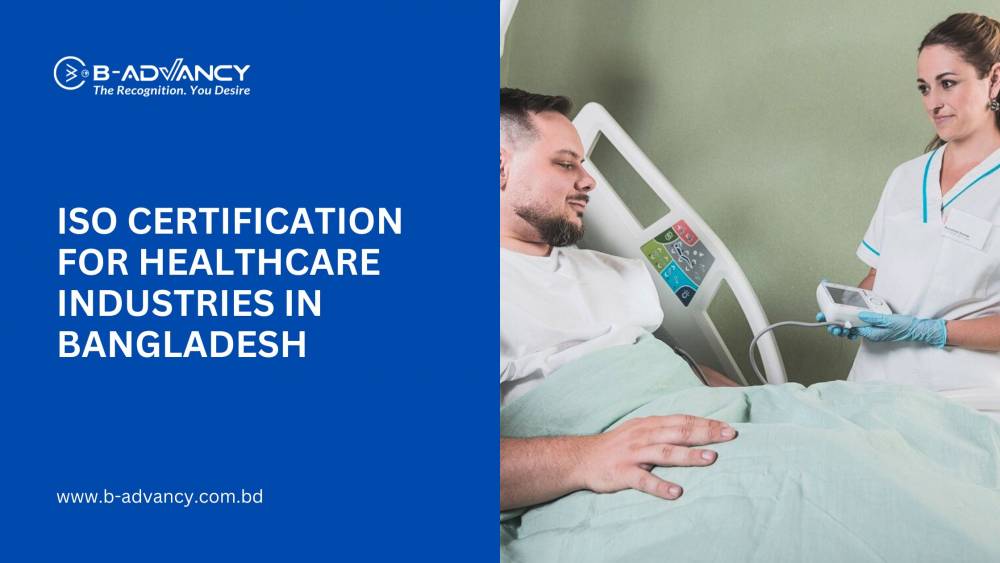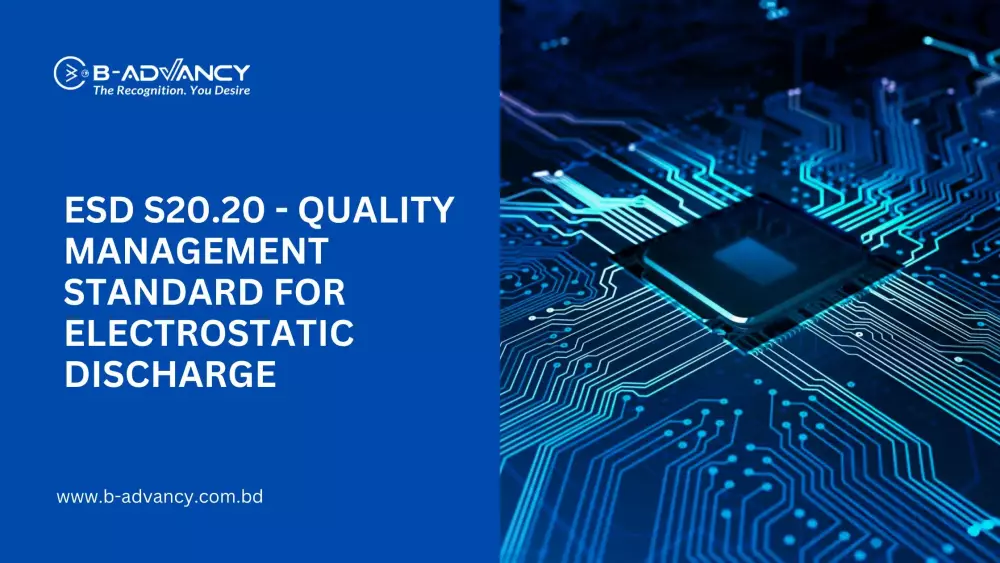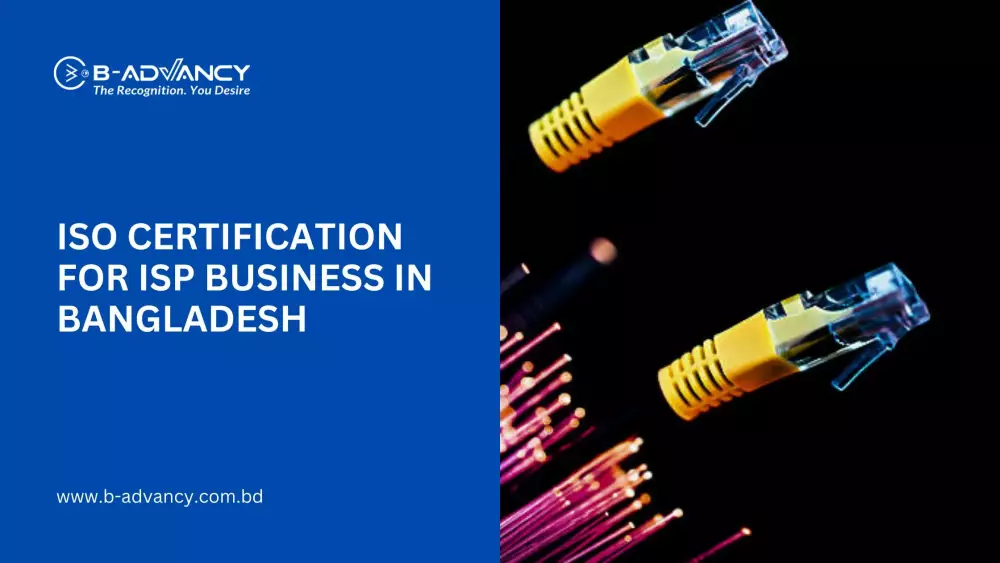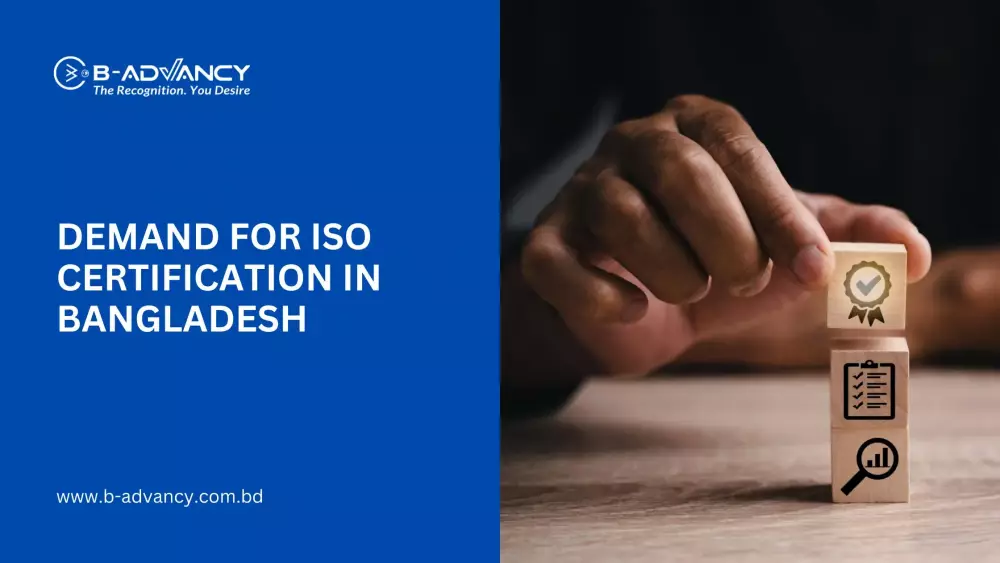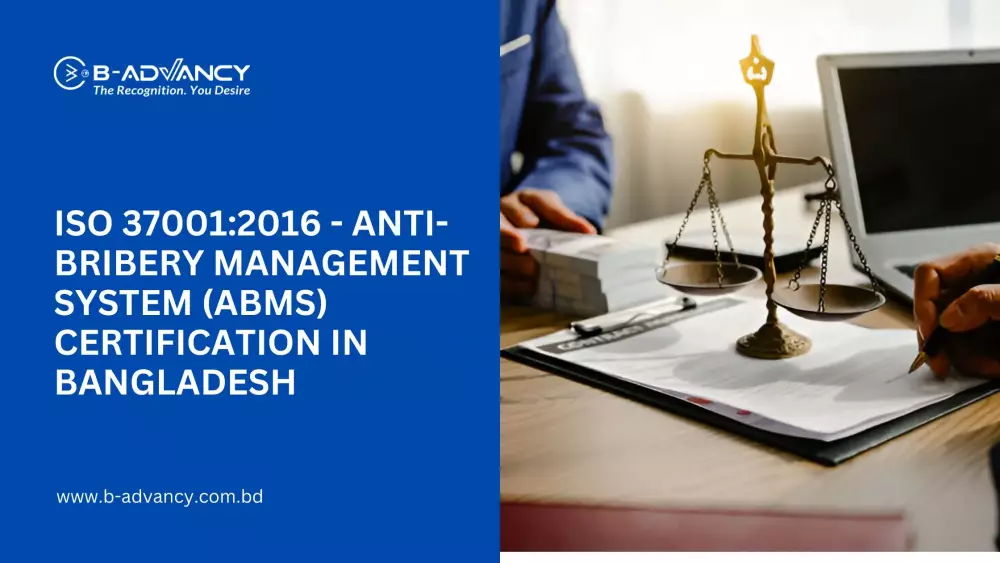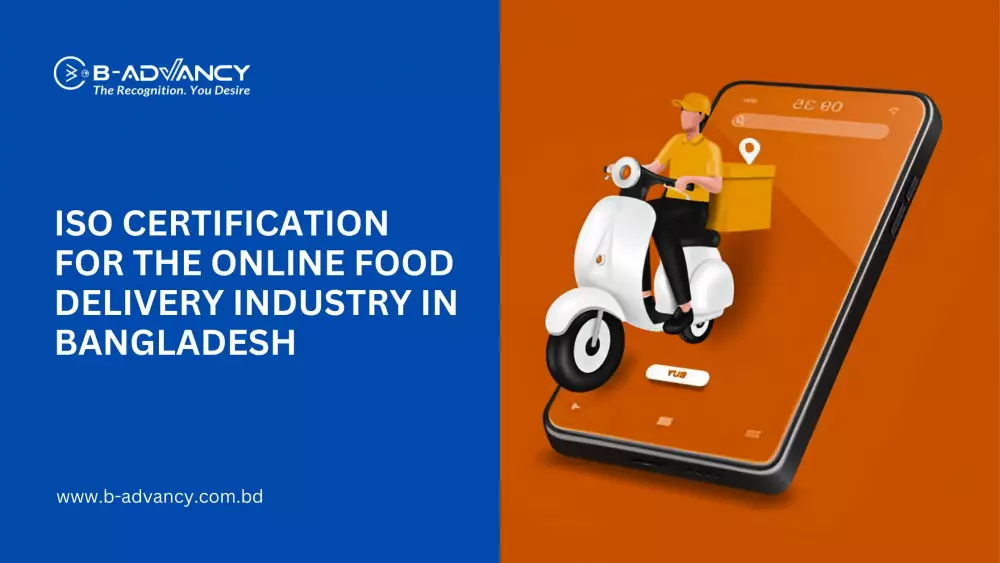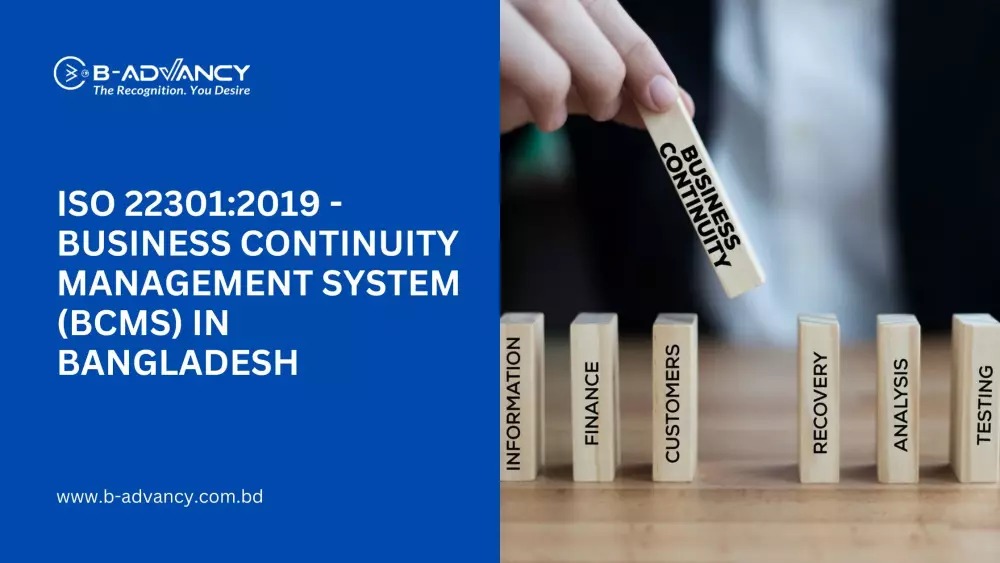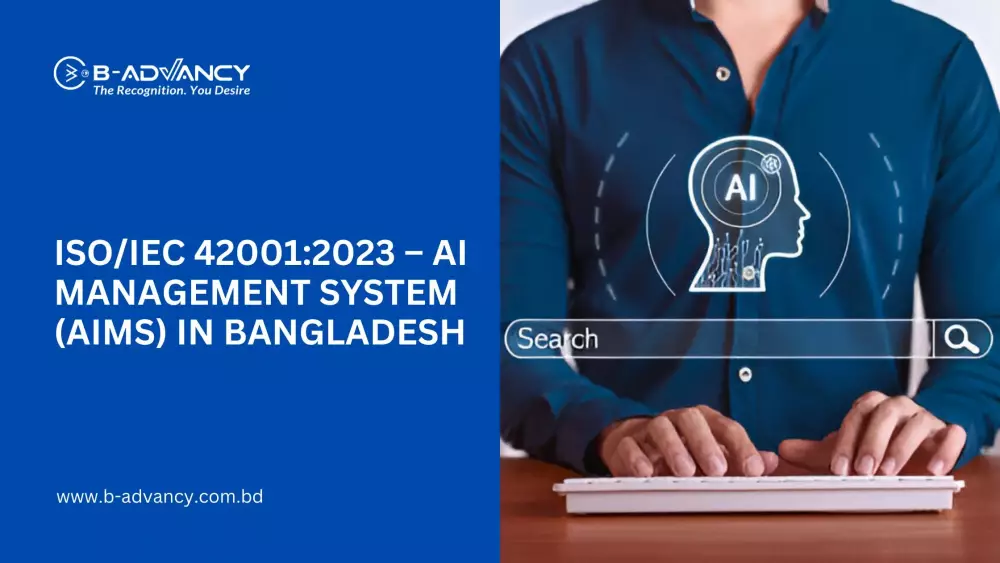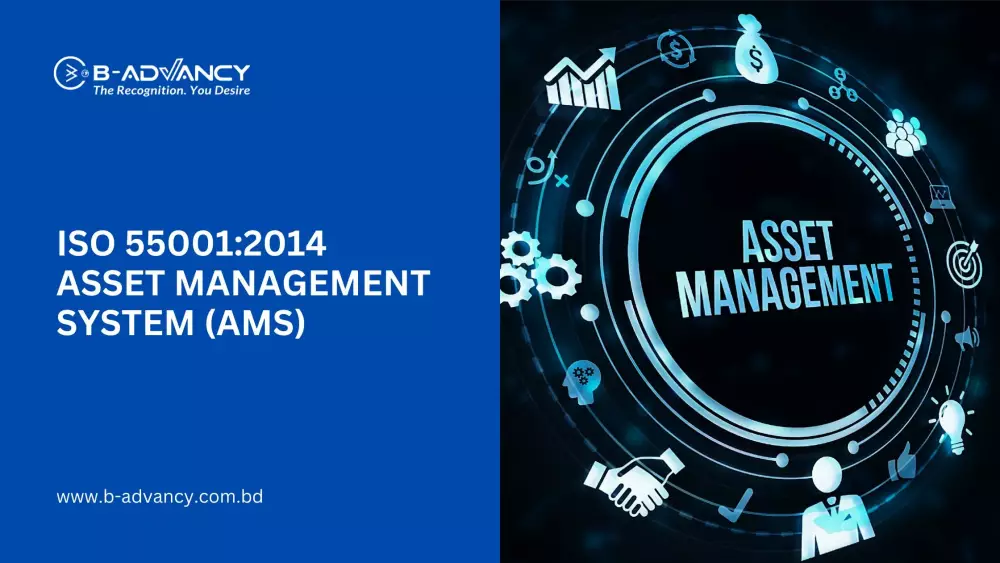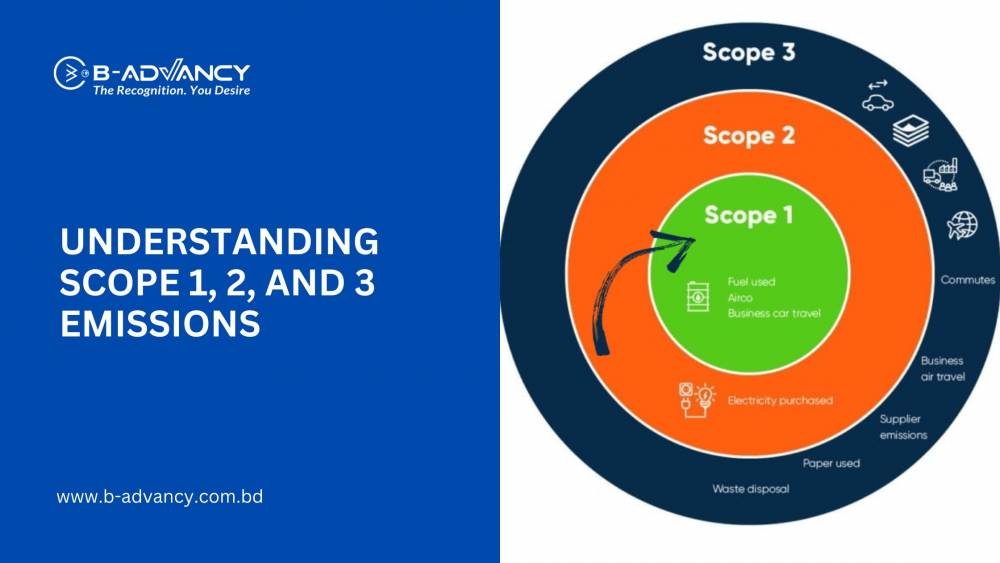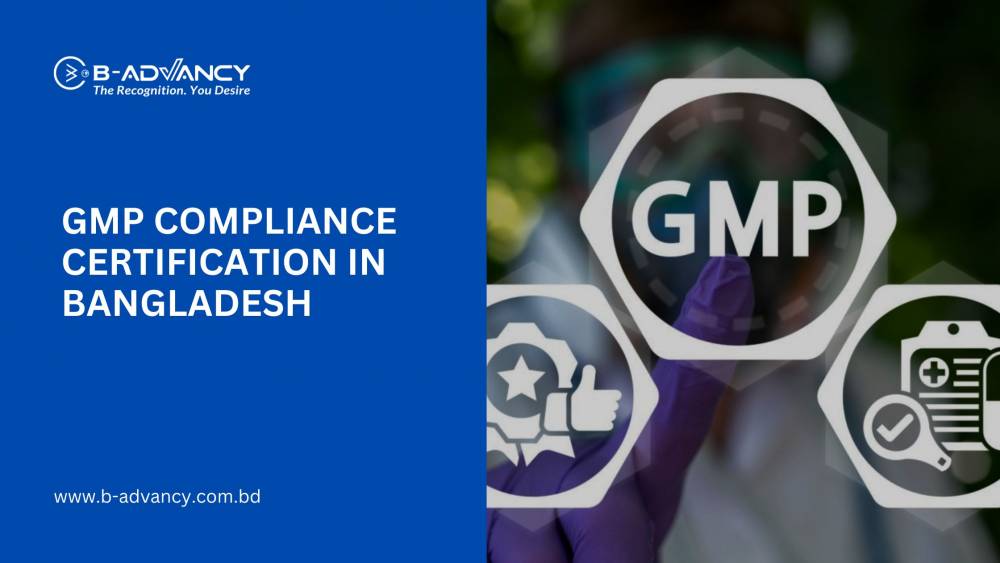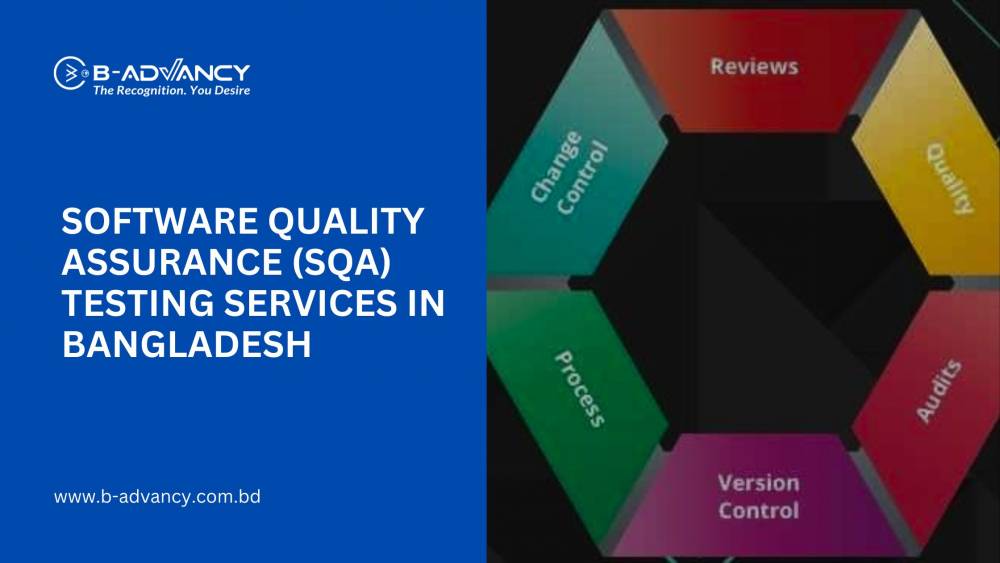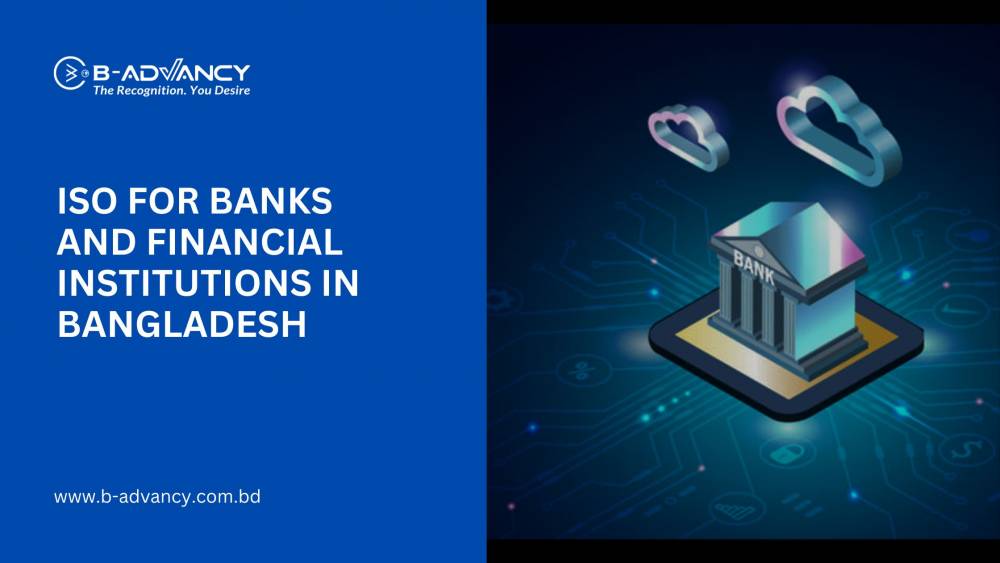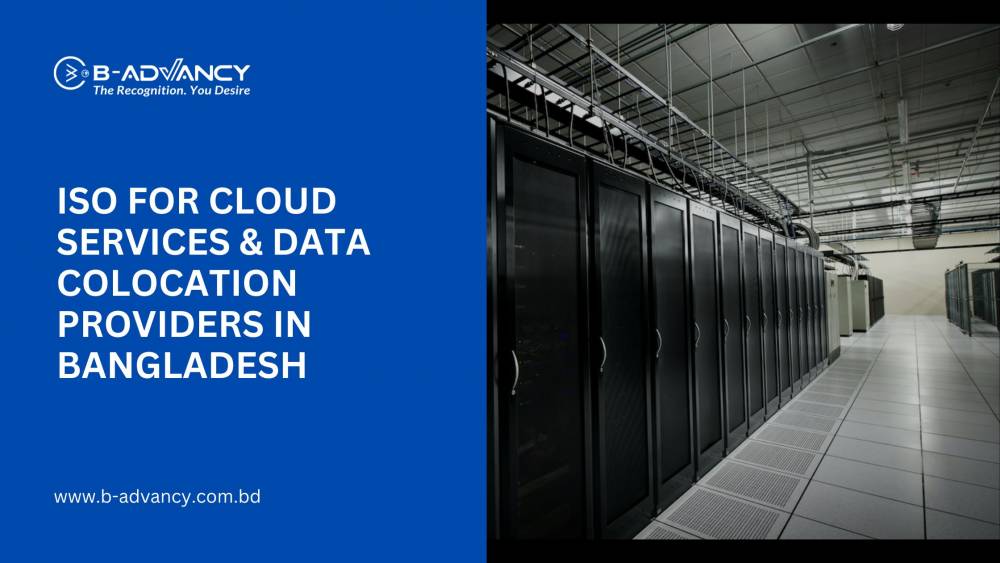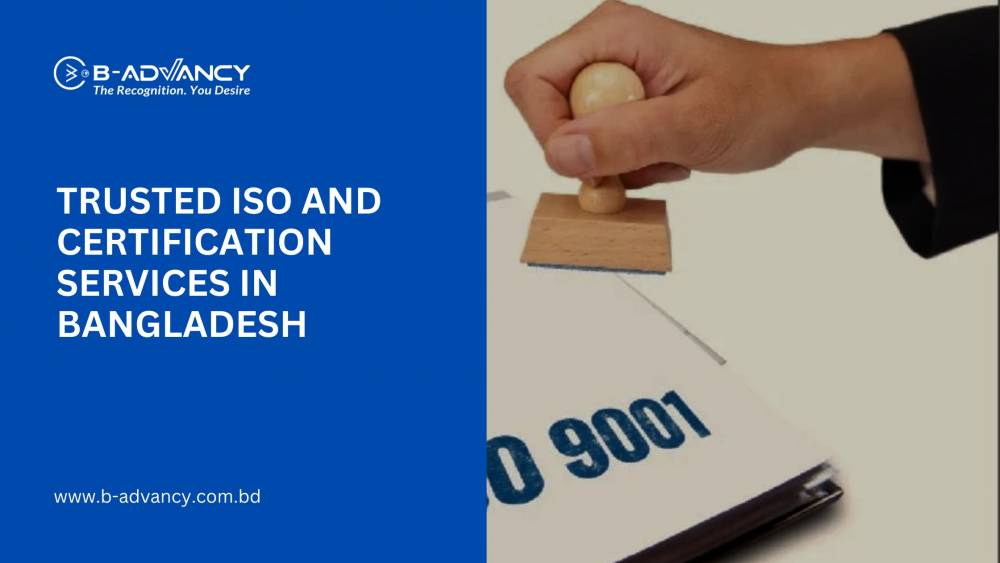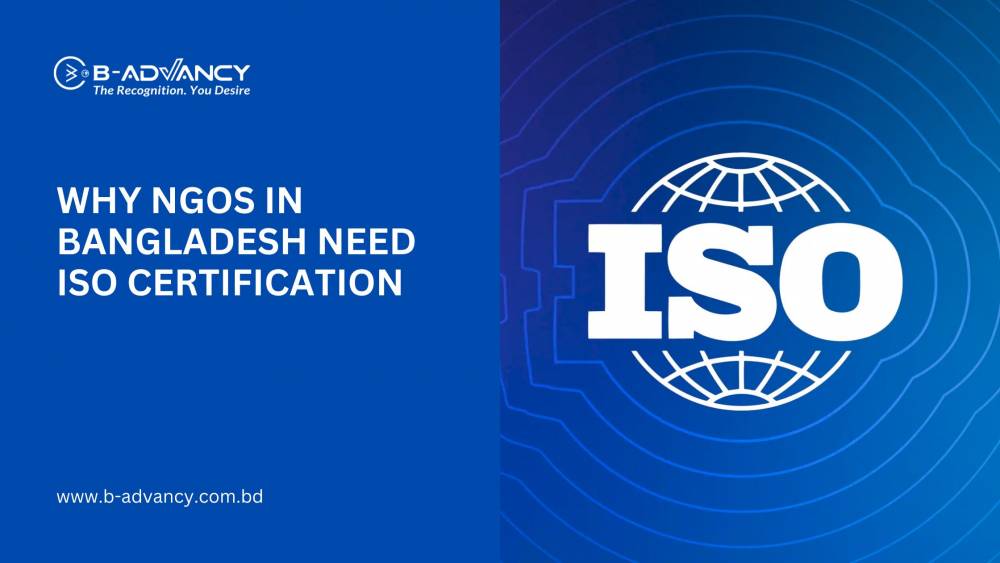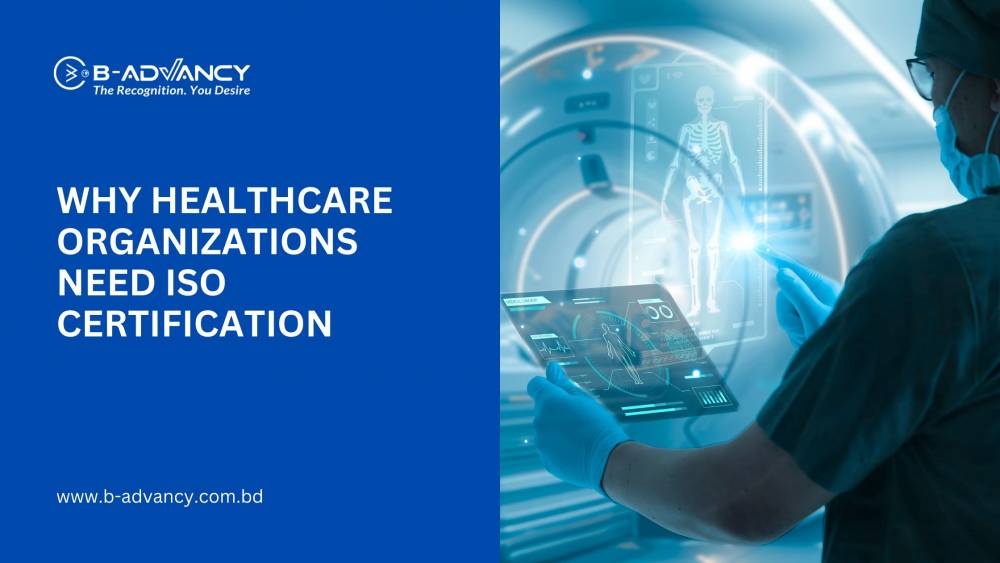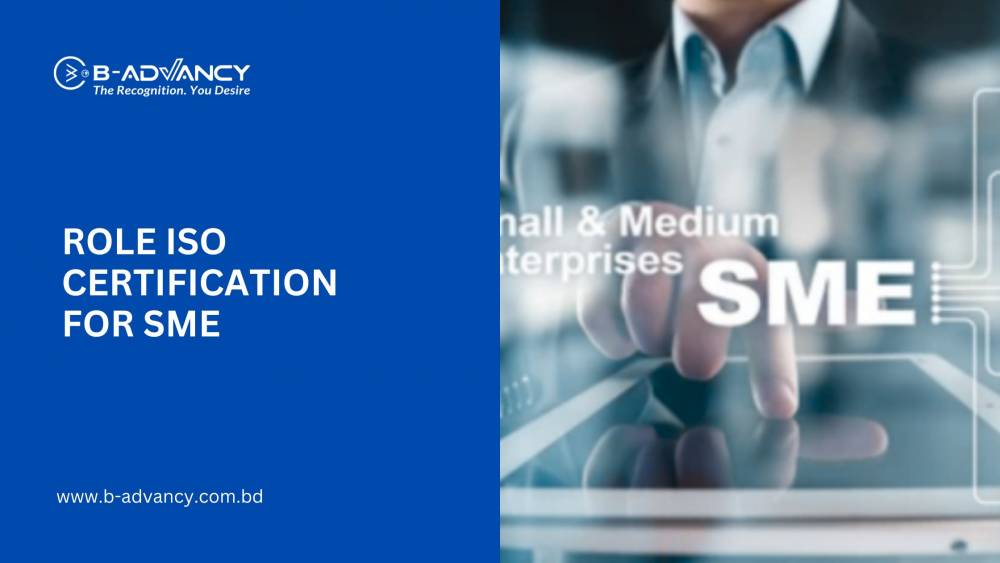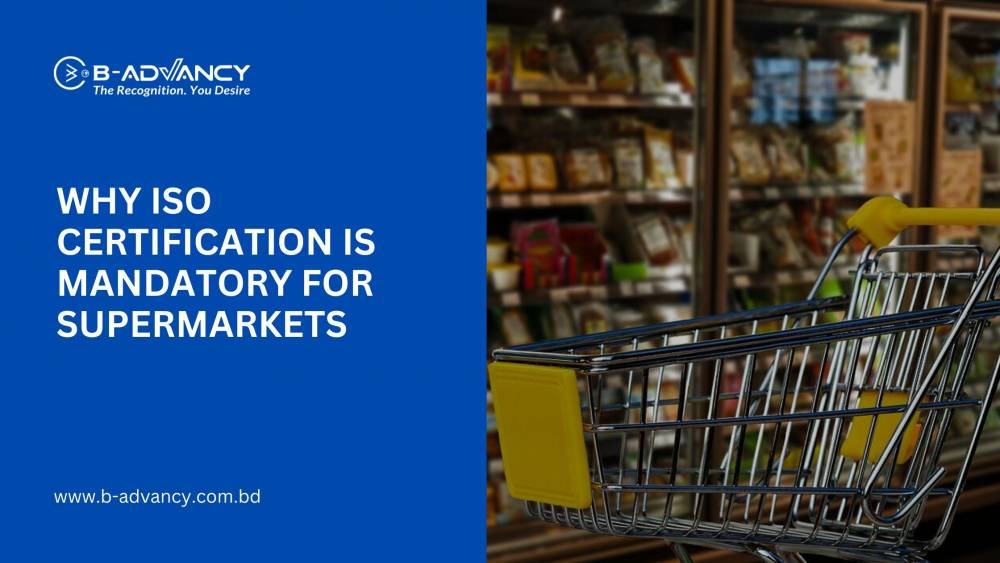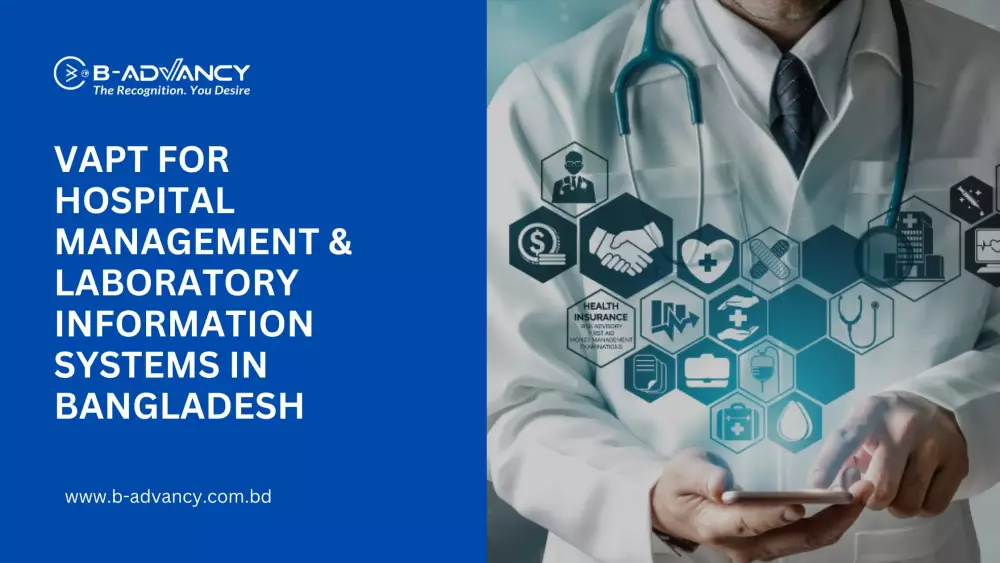I. Introduction
A. Definition of ISO 20000-1 IT Service Management System
ISO 20000-1 is a set of international standards for IT service management. It provides a framework for organizations to manage their IT services and improve the delivery of IT services to customers. The standard covers all aspects of IT service management, including service strategy, design, transition, delivery, and improvement.
B. Brief history of ISO 20000-1
The ISO 20000-1 standard was first published in 2005 and has since become one of the most widely recognized standards for IT service management. The standard has been updated several times to keep up with changes in technology and to address the evolving needs of organizations. The latest version, ISO 20000-1:2018, provides a comprehensive set of best practices for IT service management and is applicable to organizations of all sizes and industries.
C. Importance of IT Service Management System
IT service management is critical for organizations in today's fast-paced, technology-driven business environment. Effective IT service management can help organizations to improve the quality of their IT services, reduce costs, and improve the overall satisfaction of their customers. The ISO 20000-1 standard provides a structured approach to IT service management and helps organizations to achieve these goals by providing a set of best practices and guidelines to follow. Furthermore, certification to the ISO 20000-1 standard demonstrates an organization's commitment to providing high-quality IT services and can provide a competitive advantage in the marketplace.
II. Benefits of ISO 20000-1 A. Improved Service Delivery
Standardization of processes - The ISO 20000-1 standard provides a set of best practices and guidelines for IT service management that can be used to standardize processes within an organization. This standardization can lead to increased efficiency and productivity, as well as improved service quality and customer satisfaction.
Increased efficiency and productivity - By following the best practices and guidelines outlined in the ISO 20000-1 standard, organizations can streamline their IT service management processes and eliminate inefficiencies. This can result in increased efficiency and productivity, leading to improved service delivery and better customer satisfaction.
Better service quality and customer satisfaction - The ISO 20000-1 standard focuses on continuous improvement and customer satisfaction, and organizations that implement this standard are able to improve the quality of their IT services over time. This can lead to higher levels of customer satisfaction and loyalty, which is essential for the long-term success of any business.
B. Enhanced Reputation
Demonstration of commitment to quality and customer satisfaction - Organizations that are certified to the ISO 20000-1 standard demonstrate their commitment to providing high-quality IT services and to meeting the needs of their customers. This can enhance their reputation and help to differentiate them from their competitors.
Differentiation from competitors - Certification to the ISO 20000-1 standard is a clear indication of an organization's commitment to quality and customer satisfaction. This can help to set the organization apart from its competitors and provide a competitive advantage in the marketplace.
Improved brand image and reputation - The implementation of the ISO 20000-1 standard can help organizations to improve their brand image and reputation. By demonstrating their commitment to providing high-quality IT services, organizations can enhance their reputation and build trust with their customers.
C. Improved Business Processes
Improved risk management - The ISO 20000-1 standard provides guidelines for managing risk in IT service management, helping organizations to identify and mitigate potential risks. This can lead to improved risk management and better alignment with business objectives.
Better alignment with business objectives - The ISO 20000-1 standard helps organizations to align their IT service management processes with their overall business objectives, leading to improved performance and results.
Improved cost management - By improving the efficiency of their IT service management processes, organizations can reduce costs and improve their bottom line. The ISO 20000-1 standard provides guidelines for cost management, helping organizations to identify and eliminate inefficiencies in their IT service delivery.
D. Improved IT Management
Improved IT governance - The ISO 20000-1 standard provides guidelines for IT governance, helping organizations to align their IT services with their overall business goals and objectives.
Better alignment of IT with business goals - By following the best practices and guidelines outlined in the ISO 20000-1 standard, organizations can ensure that their IT services are aligned with their overall business goals, leading to improved performance and results.
Improved communication and collaboration within the IT department - The ISO 20000-1 standard provides guidelines for communication and collaboration within the IT department, helping organizations to ensure that their IT services are delivered effectively and efficiently. This can lead to improved communication and collaboration within the IT department and better overall performance.
III. The Process of Implementing ISO 20000-1 A. Preparation
Assessment of current IT service management processes - Before implementing the ISO 20000-1 standard, it is important to assess the current state of an organization's IT service management processes. This includes identifying areas for improvement and developing a plan for implementation.
Identification of areas for improvement - The assessment process should involve identifying areas where the organization's IT service management processes can be improved. This can include areas such as process standardization, risk management, and communication and collaboration within the IT department.
Development of a plan for implementation - Based on the results of the assessment, a plan for implementing the ISO 20000-1 standard should be developed. This plan should include a timeline for implementation, responsibilities for different stakeholders, and a budget for any necessary resources.
B. Implementation
Adoption of best practices for IT service management - The implementation of the ISO 20000-1 standard involves adopting best practices for IT service management, such as standardizing processes, improving communication and collaboration, and implementing policies and procedures.
Development of policies and procedures - The development of policies and procedures is an essential part of implementing the ISO 20000-1 standard. These policies and procedures should be based on the best practices outlined in the standard and should be aligned with the organization's overall business goals.
Training and education of staff - The success of the ISO 20000-1 implementation process depends on the involvement and commitment of all staff members. As such, it is important to provide training and education to all staff members to ensure they understand their roles and responsibilities in the implementation process.
C. Certification
The certification process - After the implementation of the ISO 20000-1 standard, organizations can apply for certification. The certification process involves an independent assessment of the organization's IT service management processes to ensure they meet the requirements of the ISO 20000-1 standard.
Maintenance of certification - To maintain certification, organizations must regularly assess their IT service management processes to ensure they continue to meet the requirements of the ISO 20000-1 standard. This can involve regular assessments and audits to ensure the organization's processes remain aligned with the standard.
IV. Conclusion
A. Recap of benefits of ISO 20000-1 IT Service Management System - ISO 20000-1 IT Service Management System provides a range of benefits to organizations, including improved service delivery, enhanced reputation, improved business processes, and improved IT management. By implementing the standard, organizations can standardize their IT service management processes, improve efficiency and productivity, and enhance customer satisfaction.
B. Final thoughts on the importance of IT service management for businesses - Effective IT service management is critical for the success of any modern business. With the increasing reliance on technology, organizations need to ensure their IT systems are aligned with their overall business goals and are delivering the desired outcomes. Implementing the ISO 20000-1 standard provides a framework for organizations to achieve this, by providing a set of best practices for IT service management and a process for continuous improvement. Ultimately, organizations that invest in IT service management will reap the benefits of improved efficiency, enhanced reputation, and increased customer satisfaction.





